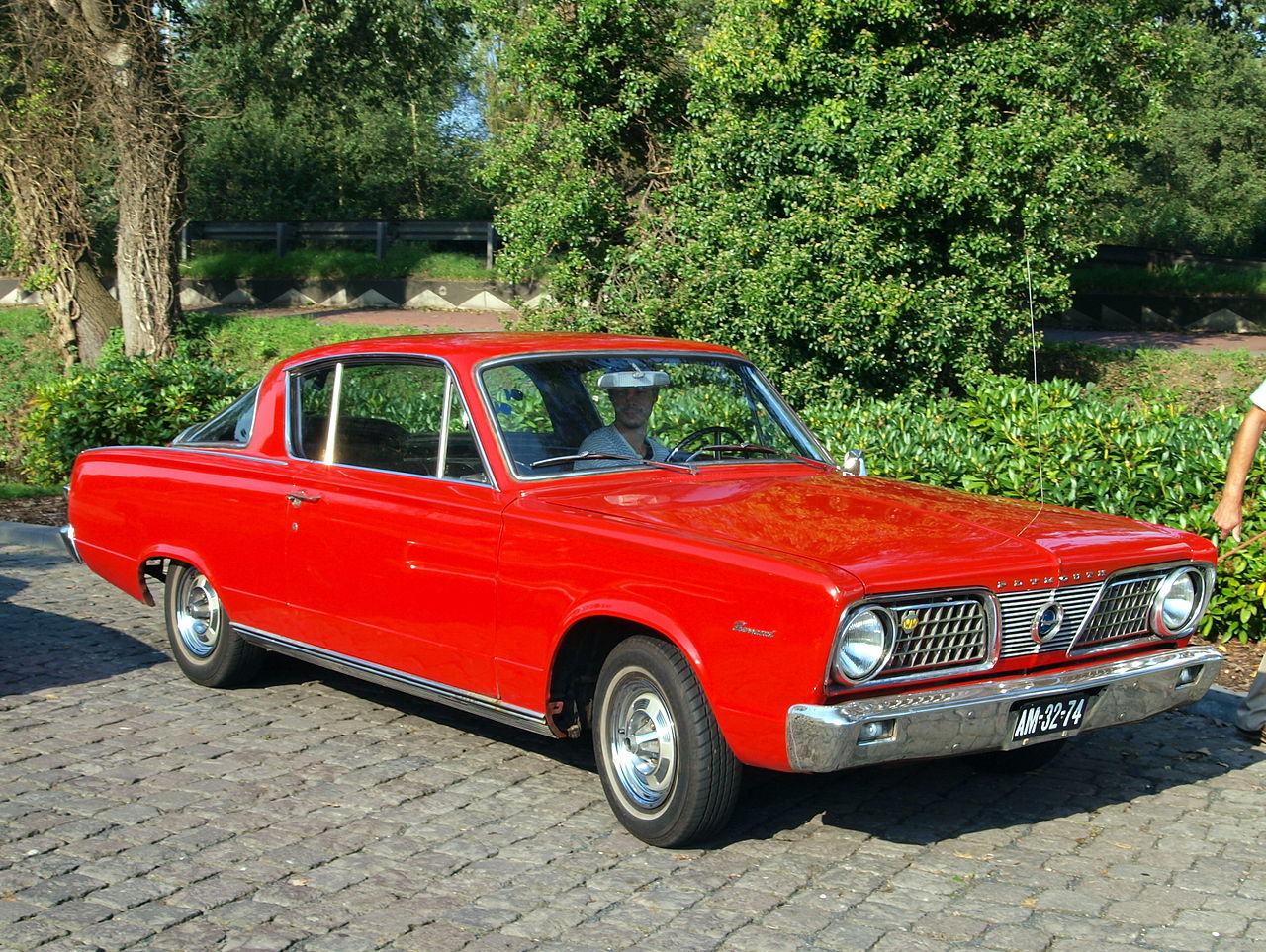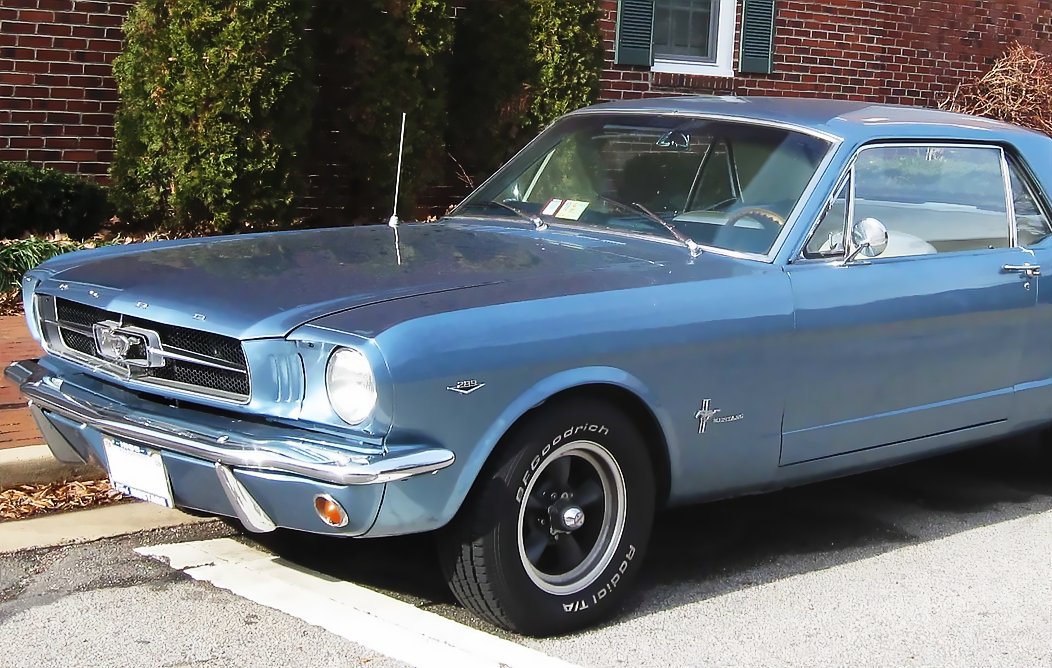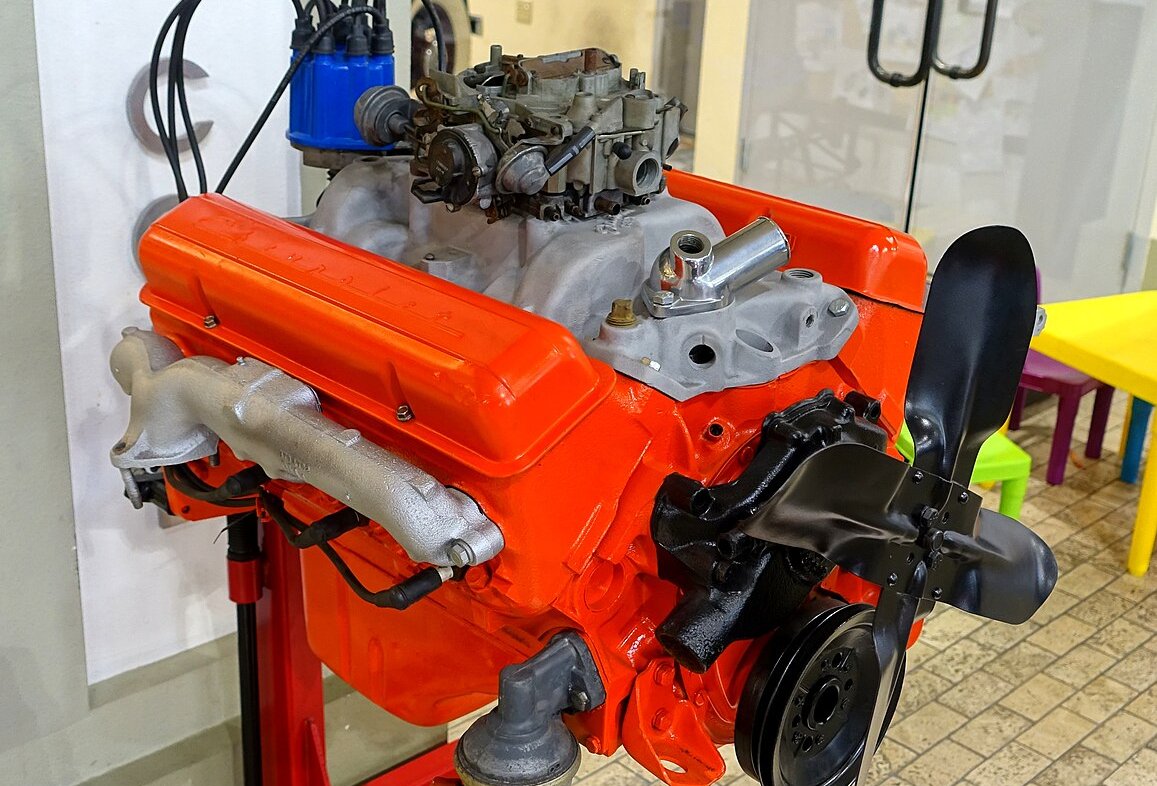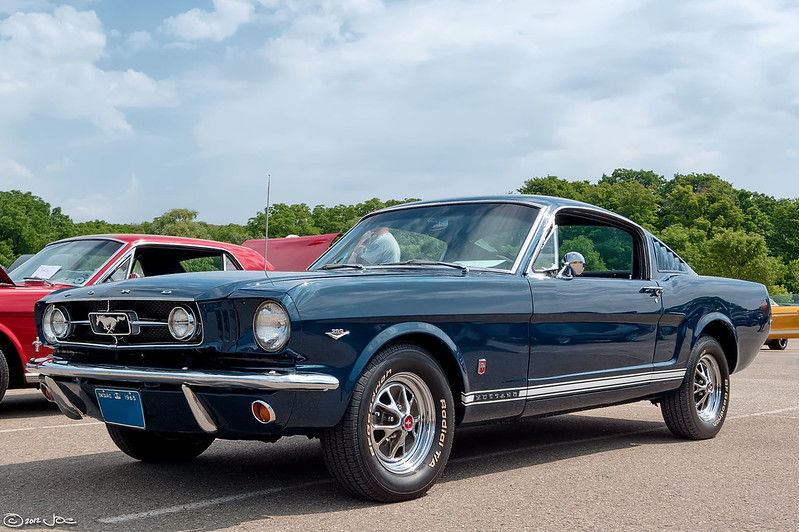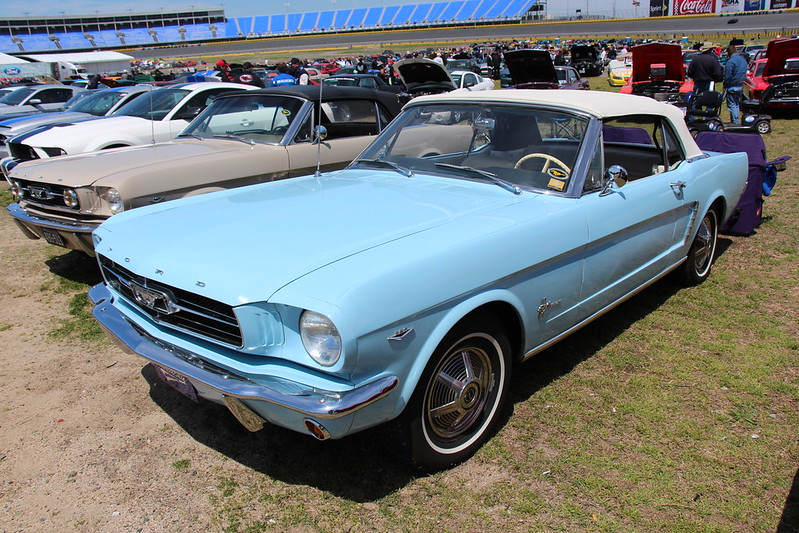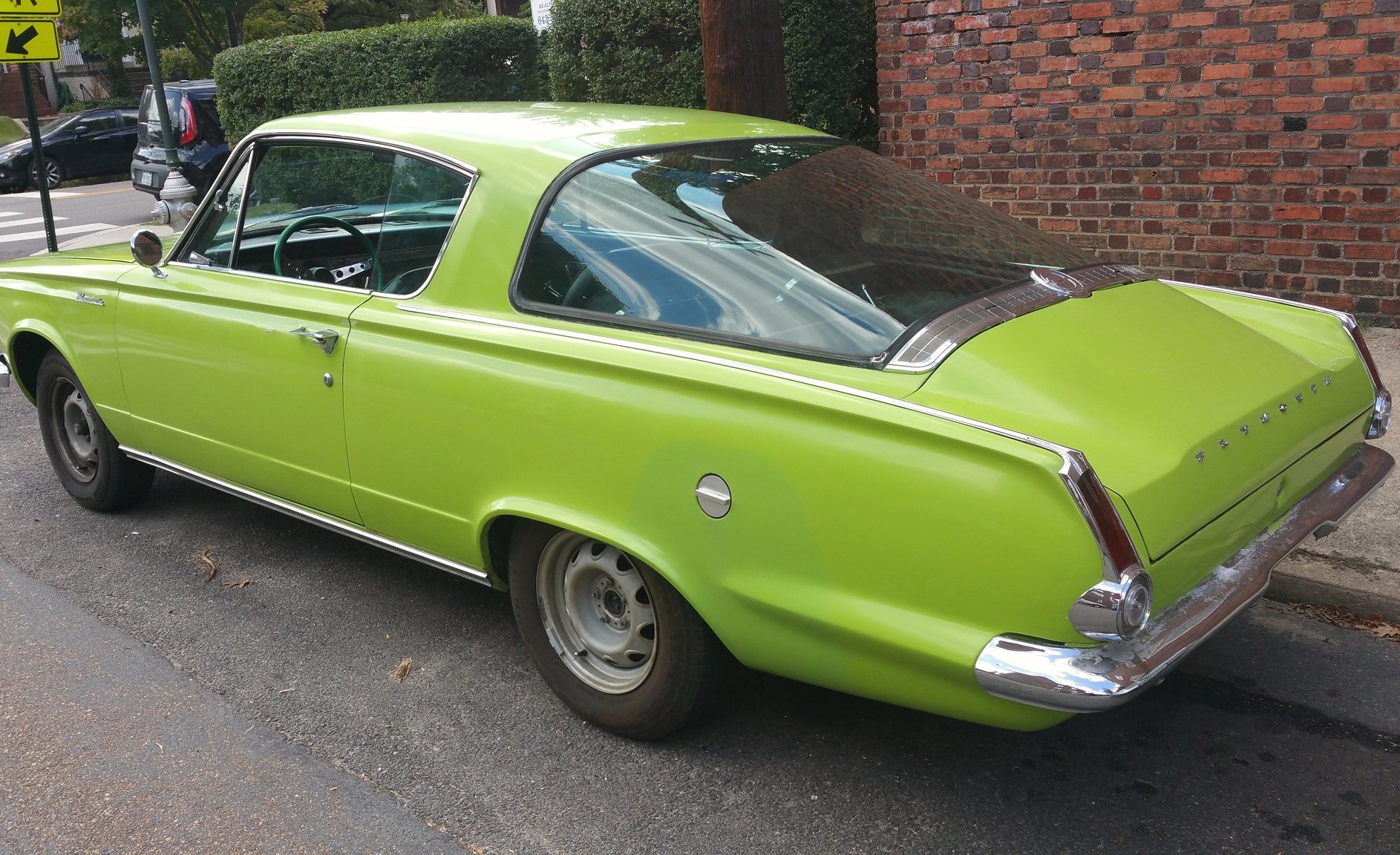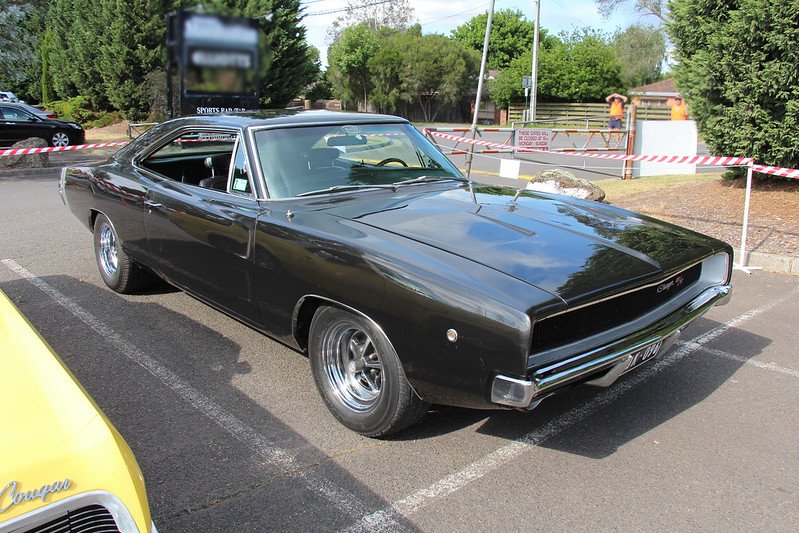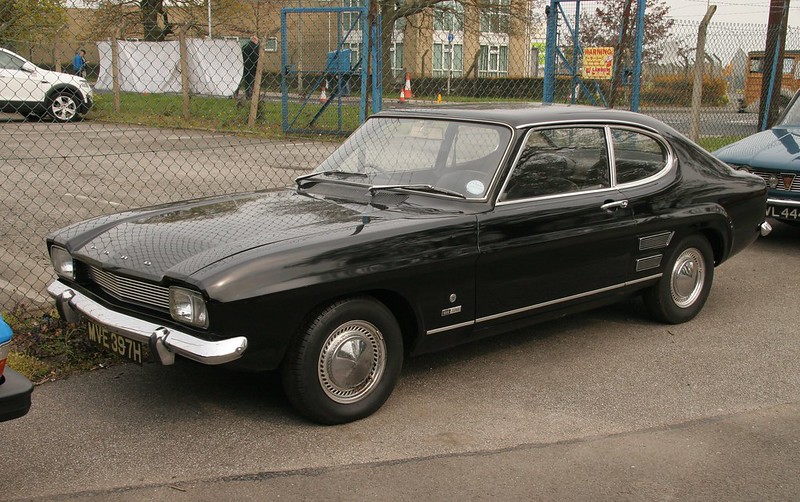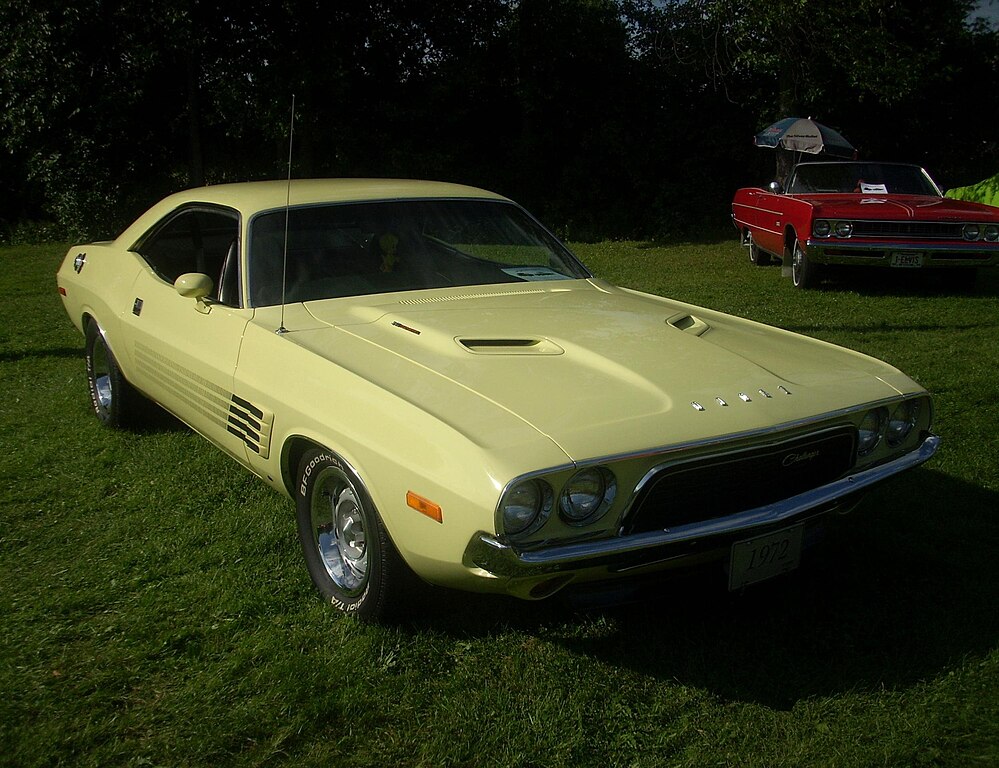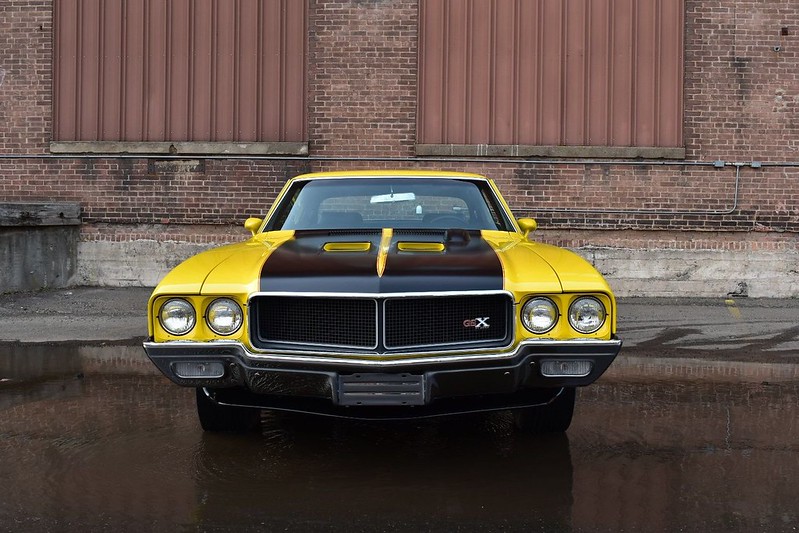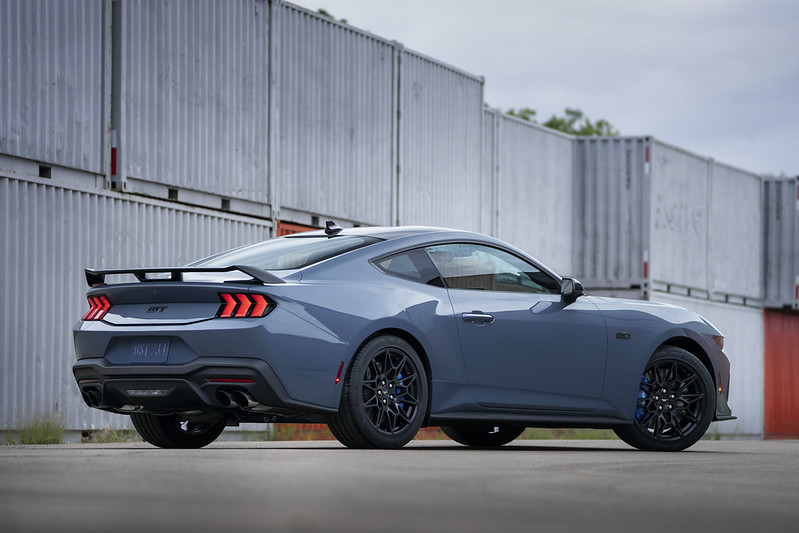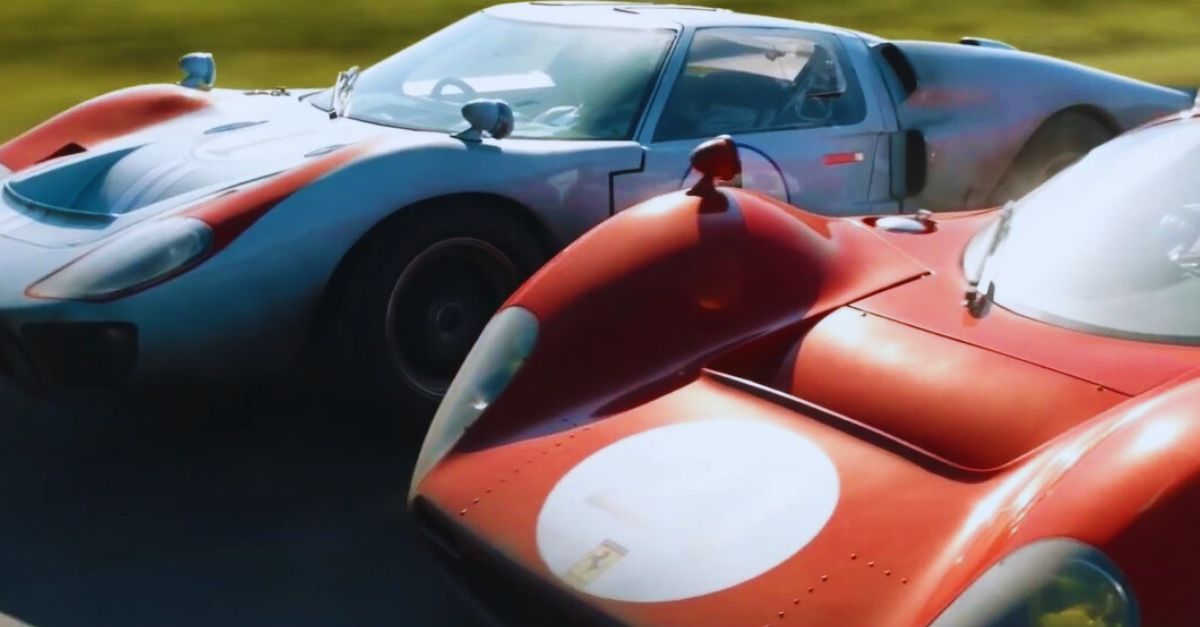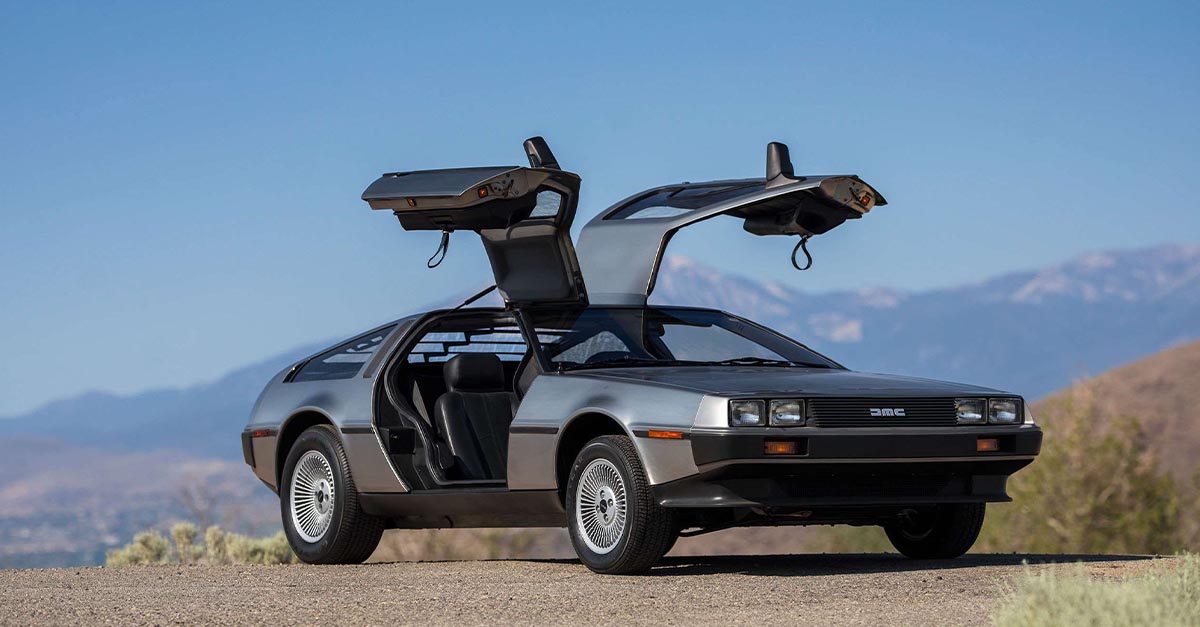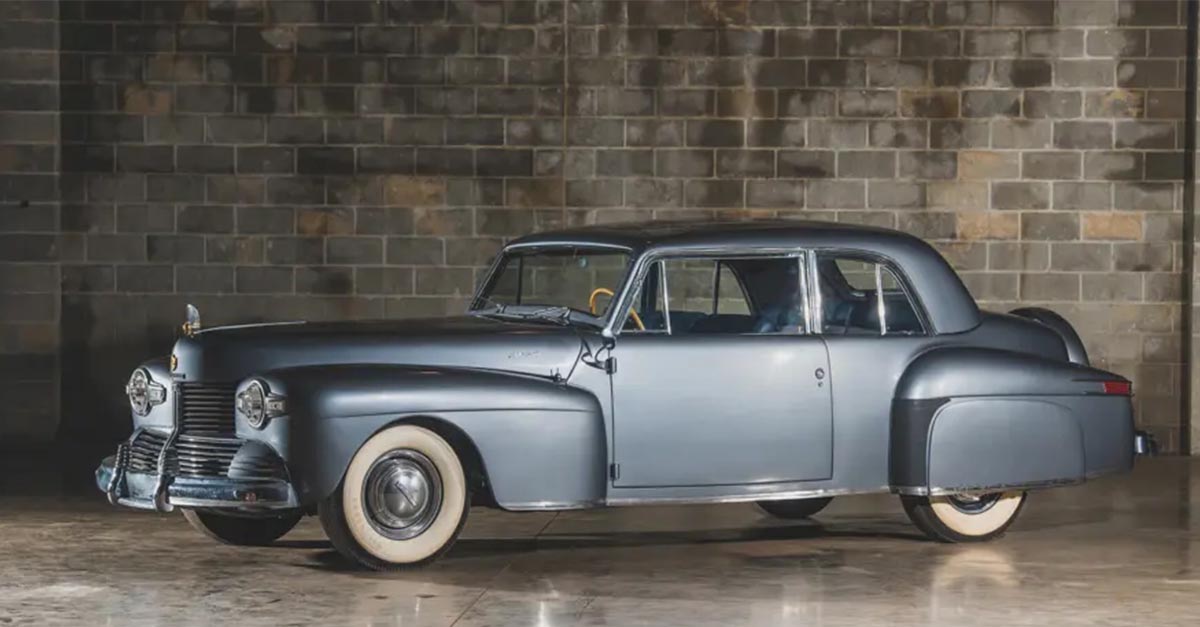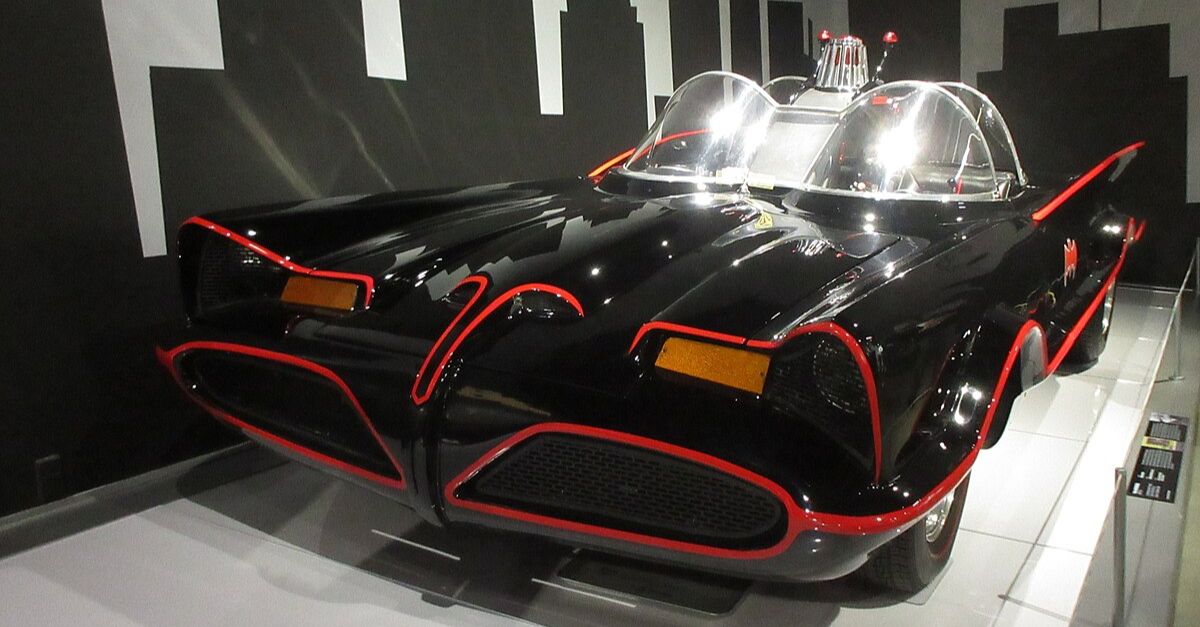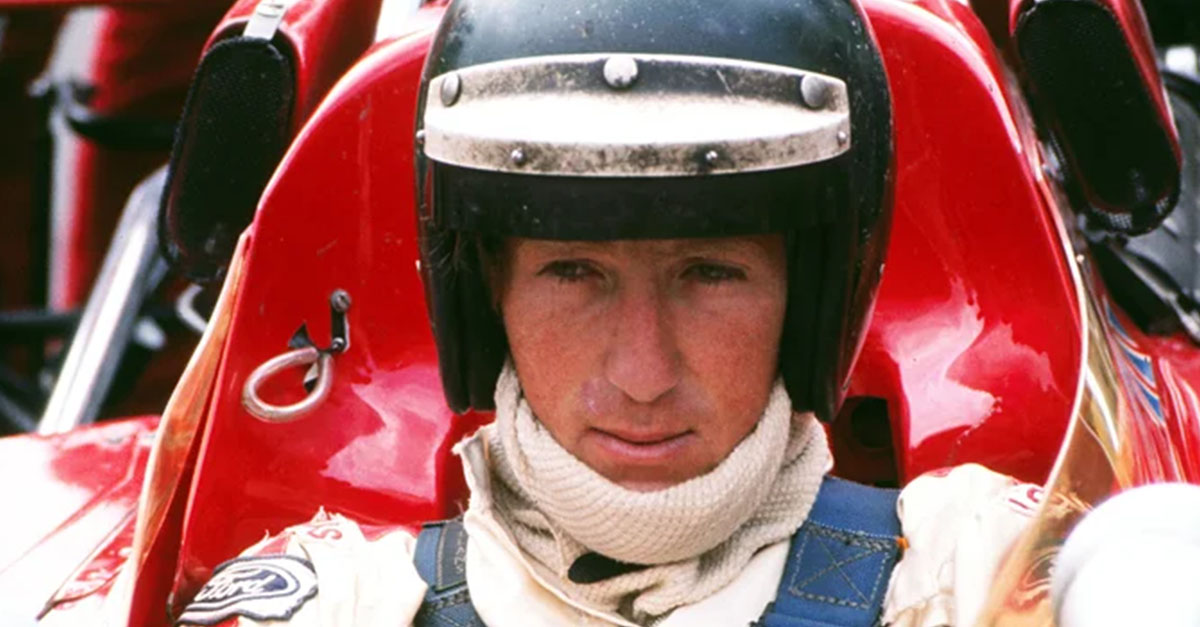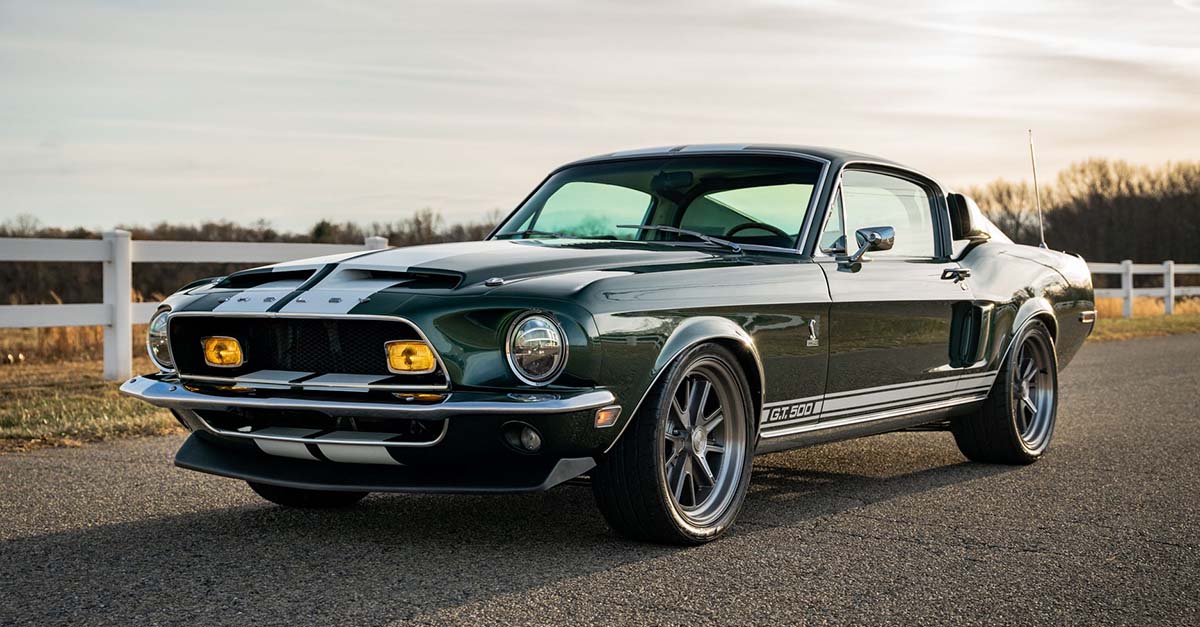In A Class Of Its Own
The first Ford Mustang was driven off the lot in 1964, marking the start of the pony car era. Its key features were: two doors, stylish lines, a long front end, short deck, and a price tag that didn’t break the bank. From this basic template, a new style was born: the pony car. While other vehicle styles have come and gone, the pony car has confidently held its place as an American automotive icon.
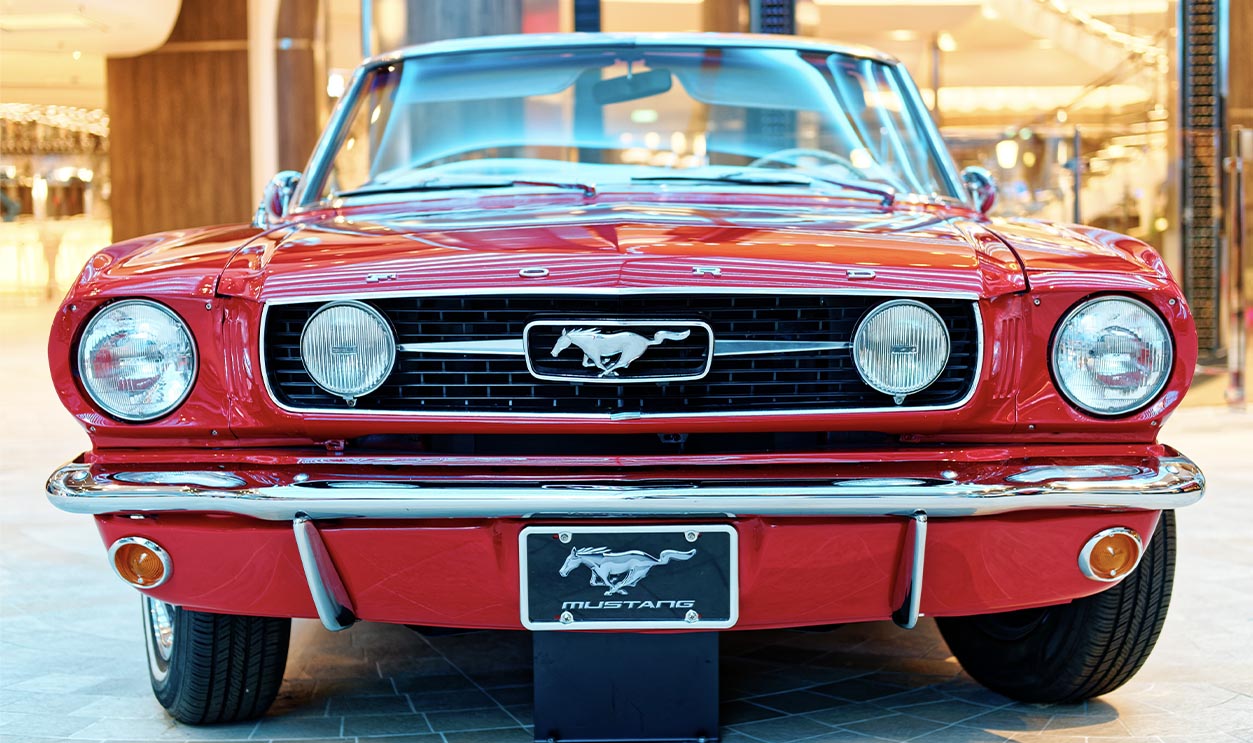
Uniquely American
The idea of the pony car was to combine the look and image of European sports cars with the convenience and affordability of existing compact cars. This successful fusion of concepts created a distinctly American class of car that was well-established by the end of the 60s. Along the way, the pony car would diversify and evolve into the muscle car.
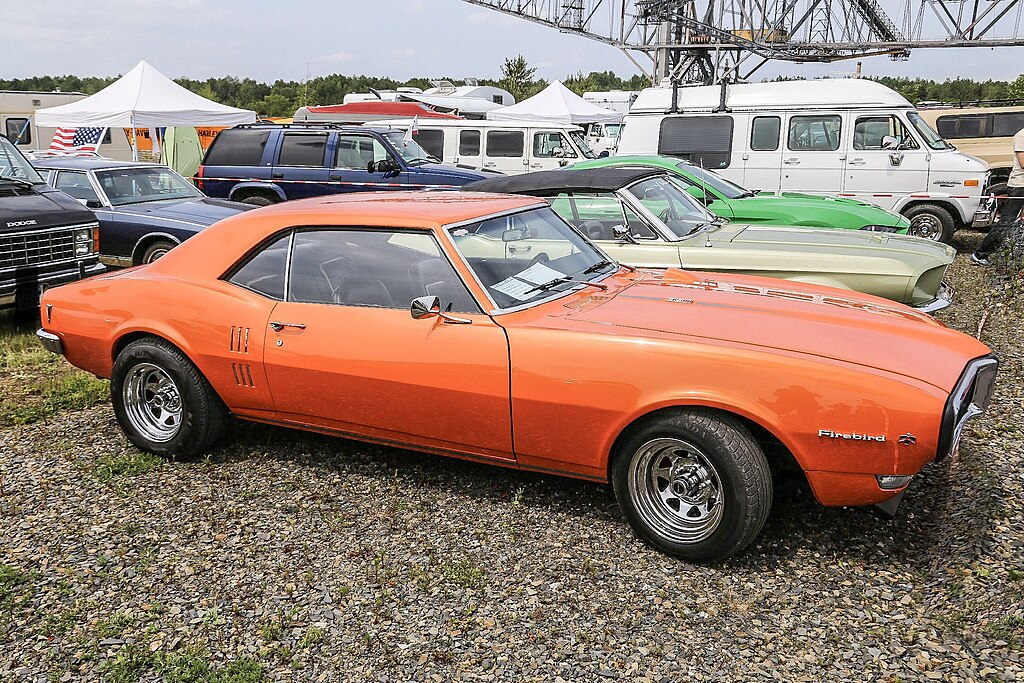 MerlinS.69, CC BY-SA 4.0,Wikimedia Commons
MerlinS.69, CC BY-SA 4.0,Wikimedia Commons
Pony Car Vs Muscle Car
What’s the difference between a pony car and a muscle car? While experts are not unanimous on this matter, the short answer is: power. With its relatively long front-end design and rear-wheel drive, the pony car was adaptable to both six- and eight-cylinder engines with the potential to install big-block V-8s for even more horsepower. But to tell the story properly we must return to the early 60s.
Early 60s: An Idea Whose Time Had Come
The automotive landscape of the US in the early 60s was still made up of large family sedans, wagons, compact coupes, and sports cars. The larger cars were convenient and affordable, but had a conservative, static look. On the other hand, smaller sports cars like Corvettes and the various imports were fast and stylish, but expensive and of little practical use. However, there were some exceptions on the road that heralded a new style of car.
Early 60s: Pioneering Predecessors
Most of the US car manufacturers had become aware of the growing number of young people in the country. With this in mind, cars such as the Chevrolet Corvair, Chevelle Malibu, AMC Rambler Tarpon, and Ford Falcon were offered as sportier versions of established compacts. Powered by a six-cylinder or small-block V8, and priced in the mid-$2,000 range, they were a foreshadowing of the pony car. But though they sold well, these cars hadn’t quite captured the public’s imagination.
A Changing Culture
As the car market evolved slowly, American culture was going through a rapid transformation. The postwar prosperity in the US and the baby boom meant that young people’s tastes were becoming highly influential by the 1960s. The new youth market in the US became the focus of intense market research that would soon prove pivotal.
The Opportunity
Through the early 60s, Ford VP Lee Iacocca had become increasingly interested in internal marketing reports showing that young people would be open to a compact, affordable, sporty-looking car. Using the popular Ford Falcon compact as their starting point, Iacocca’s design team began work on a completely new design: the Mustang.
1964: The Ford Mustang
The first Mustang was a notchback available in hardtop or convertible. With two doors, four bucket seats, and a four-on-the-floor gearshift, the car was powered by either a straight-six engine or 289 V8 with 271 horsepower. The first 1965 Mustang came off the production line on March 9, 1964, in time to be introduced at the New York World’s Fair in April. Meanwhile, another company tried to get a head start in the pony car race.
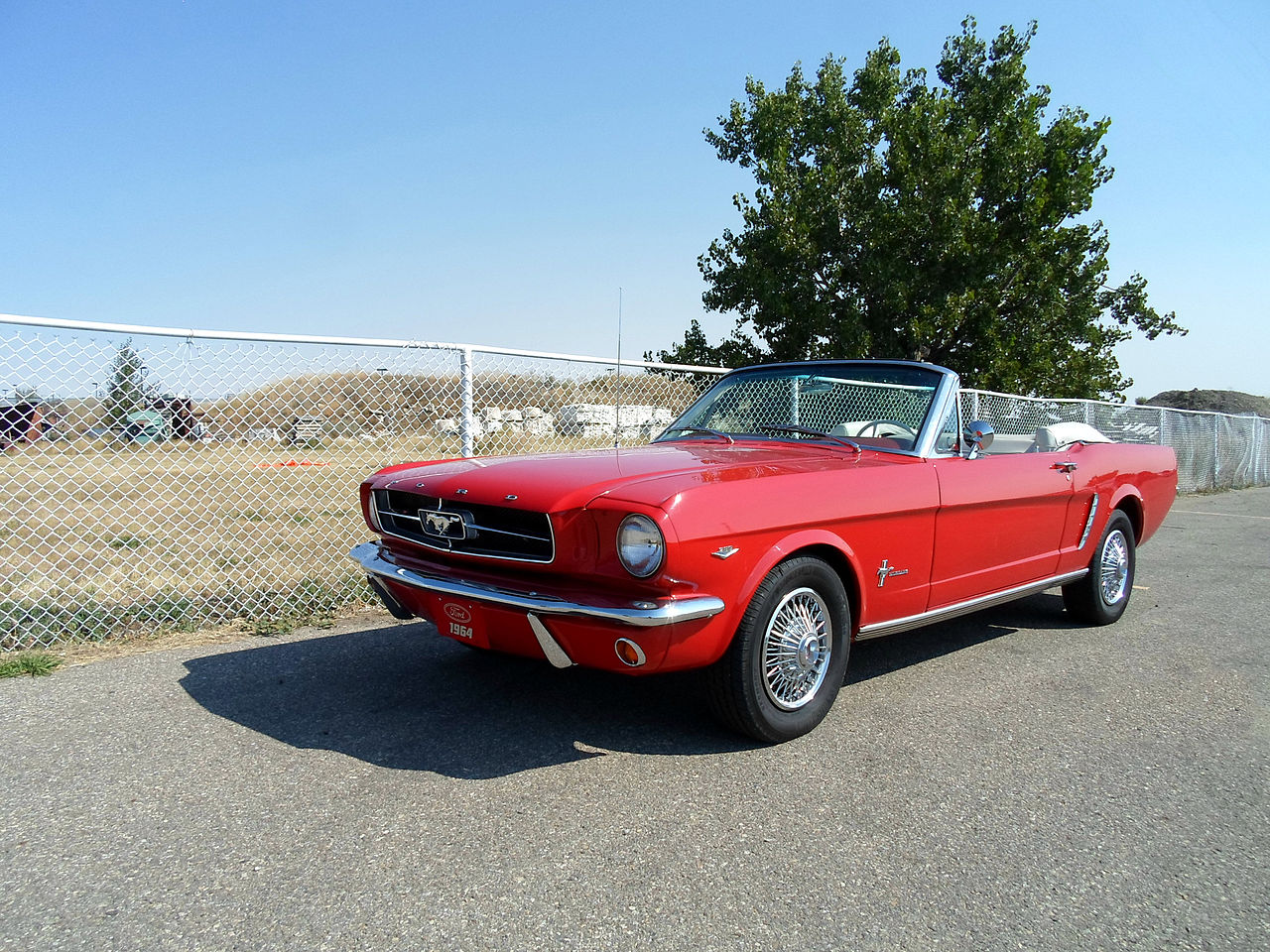 dave_7, CC BY 2.0, Wikimedia Commons
dave_7, CC BY 2.0, Wikimedia Commons
The Plymouth Barracuda
Chrysler had also taken a keen interest in the emerging youth market, pinning its hopes on the new Plymouth Barracuda. The Barracuda went on sale on April 1, 1964. The car was affordable and practical but still had the look of a fastback version of the modestly styled Plymouth Valiant. The driving public’s attention soon wandered to other cars, and one in particular.
Unbridled Success
Ford introduced the Mustang on April 17, 1964 and the public response was immediate. The company had forecasted 100,000 sales as an optimistic goal for the year. They were astonished as that target was surpassed in three months, including 22,000 orders in one day! One factor in the high demand was the Mustang’s reasonable sticker price of $2,368, (around $23,000 in today’s money). Another factor: the wide range of options available.
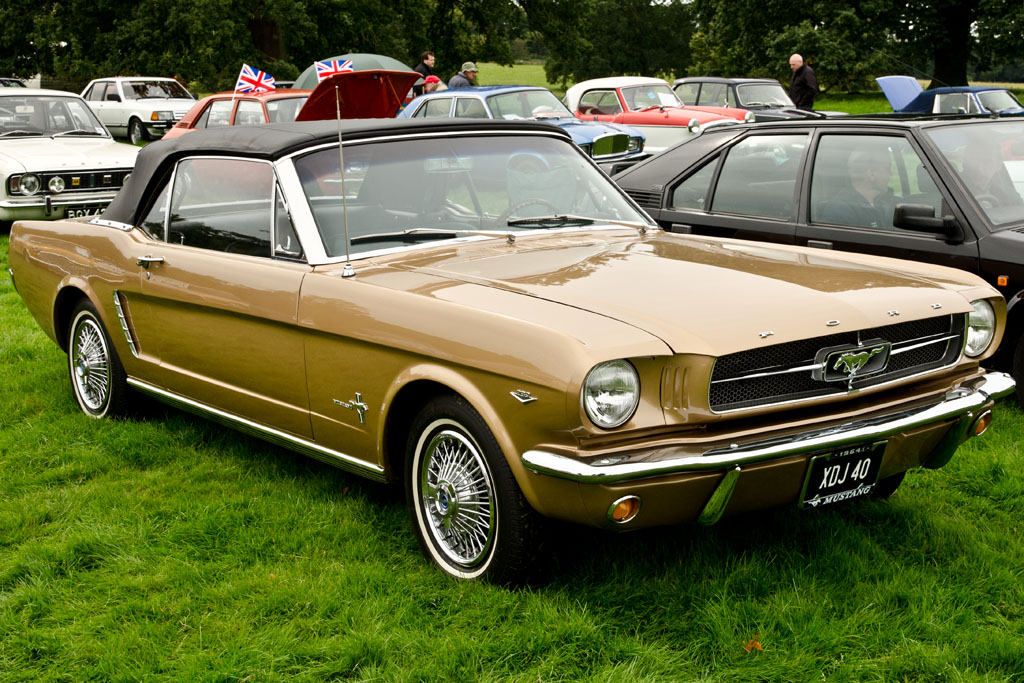 SG2012, CC BY 2.0, Wikimedia Commons
SG2012, CC BY 2.0, Wikimedia Commons
Mid-60s: A Wide Range Of Options
The Mustang targeted the youth market, but its unique look appealed to drivers of all ages. The Mustang came with a wide range of options. Comforts like leather seats and air conditioning attracted older drivers; for younger people interested in speed, the standard model with a V8 engine was plenty. Ford released a fastback version in September 1964. By 1965, Mustang was a household name.
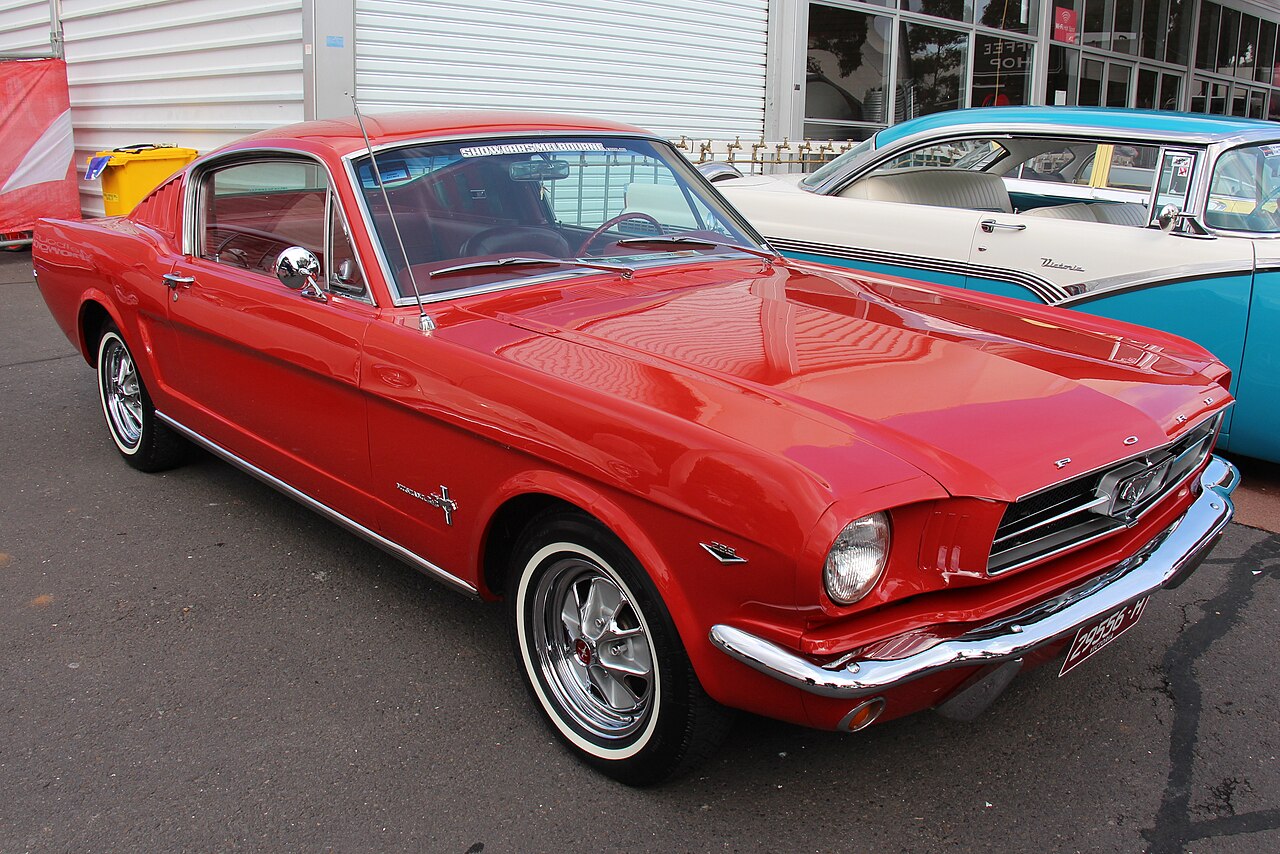 Sicnag, CC BY 2.0, Wikimedia Commons
Sicnag, CC BY 2.0, Wikimedia Commons
Household Name
Many insist that the all-important Mustang name came from the famous P-51 fighter plane of WWII. Others swore that a Ford manager hit on the name while reading a book about wild horses. The final word came from Lee Iacocca, who affirmed in an interview that members of the development team chose the mustang for its symbolism of “the wide open spaces and spirit of the Wild West”.
 João Tavares, Wikimedia Commons
João Tavares, Wikimedia Commons
A New Breed Of Car
By 1965, it was clear that the Mustang had shaken up the industry. It vastly outsold the Plymouth Barracuda and caused a sharp drop-off in sales of the suddenly tired-looking Chevrolet Corvair. Rival automakers looked with worry at the new, sporty compact cars, which Car Life editor Dennis Shattuck had recently dubbed “pony cars”. Ford was eating everybody’s lunch; something had to be done.
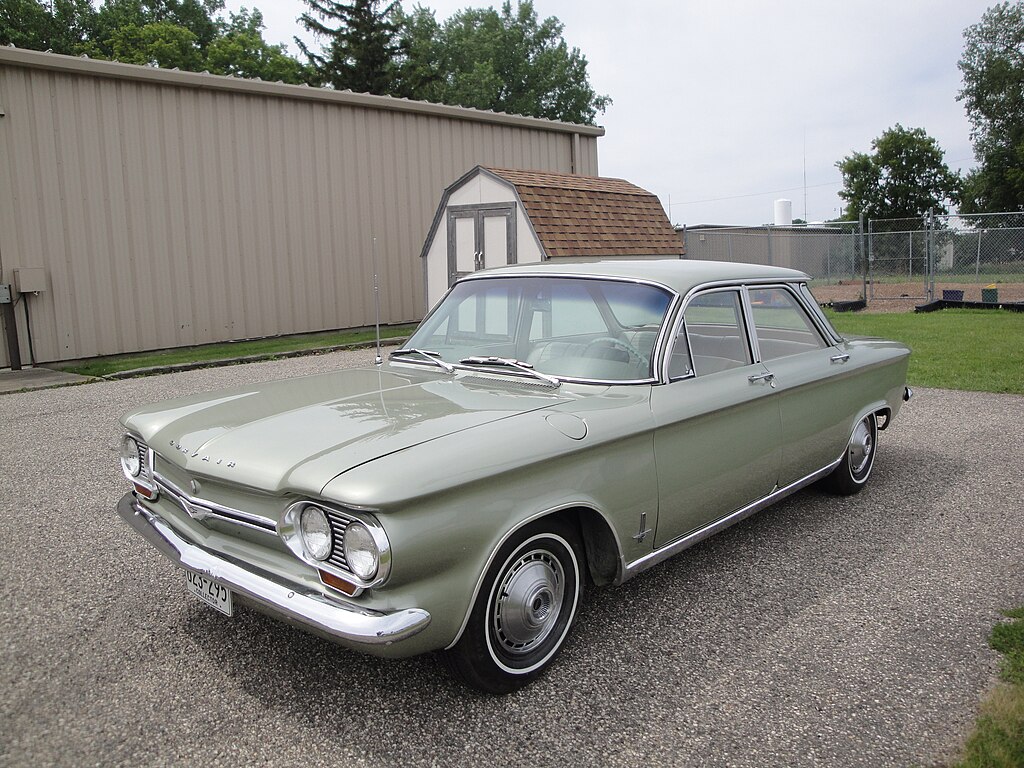 Greg Gjerdingen, USA, CC BY 2.0, Wikimedia Commons
Greg Gjerdingen, USA, CC BY 2.0, Wikimedia Commons
1967: The Chevy Camaro
The development cycle for new cars is two to three years. By the fall of 1966, GM had entered the market with a pony car of their own: the Camaro. With design features and options similar to the Mustang, the Camaro offered convertible and hardtop versions with a base straight-six engine; power upgrades like the SS and Z28 used a motor from GMs roster of V8s. With a price of $2,466, the Camaro was challenging for pony car bragging rights.
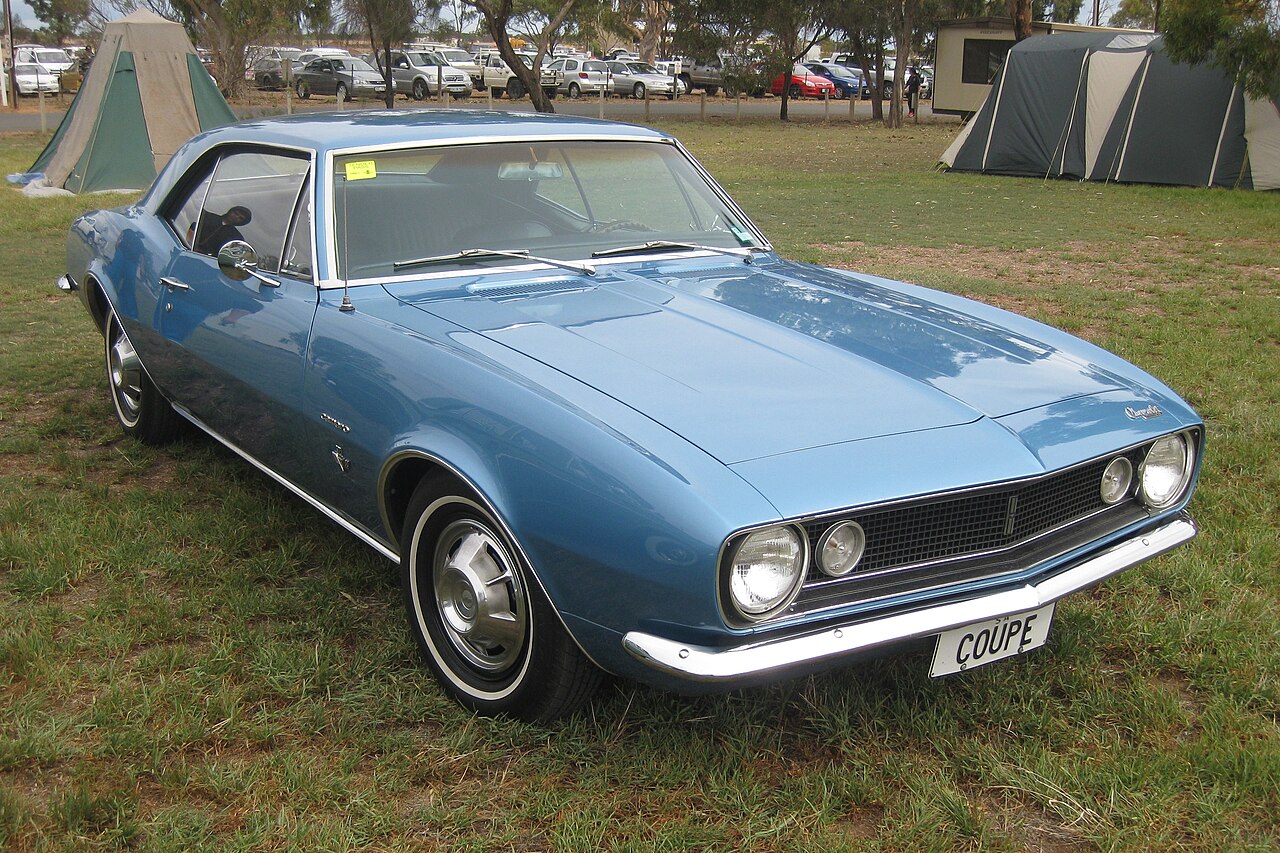 GTHO, CC BY-SA 3.0, Wikimedia Commons
GTHO, CC BY-SA 3.0, Wikimedia Commons
1967 Mustang: Muscling Up
As the 60s went on, the quest for power and speed intensified. Since 1965, the design team at Ford had wanted to increase the size of the Mustang to allow big-block V8s, which Lee Iacocca reluctantly agreed to. The result was the ‘67 Mustang. The slightly bigger car had a more aggressive body styling, with a GT version boasting the 390 V8 and four-barrel carburetor. The pony car had become a muscle car.
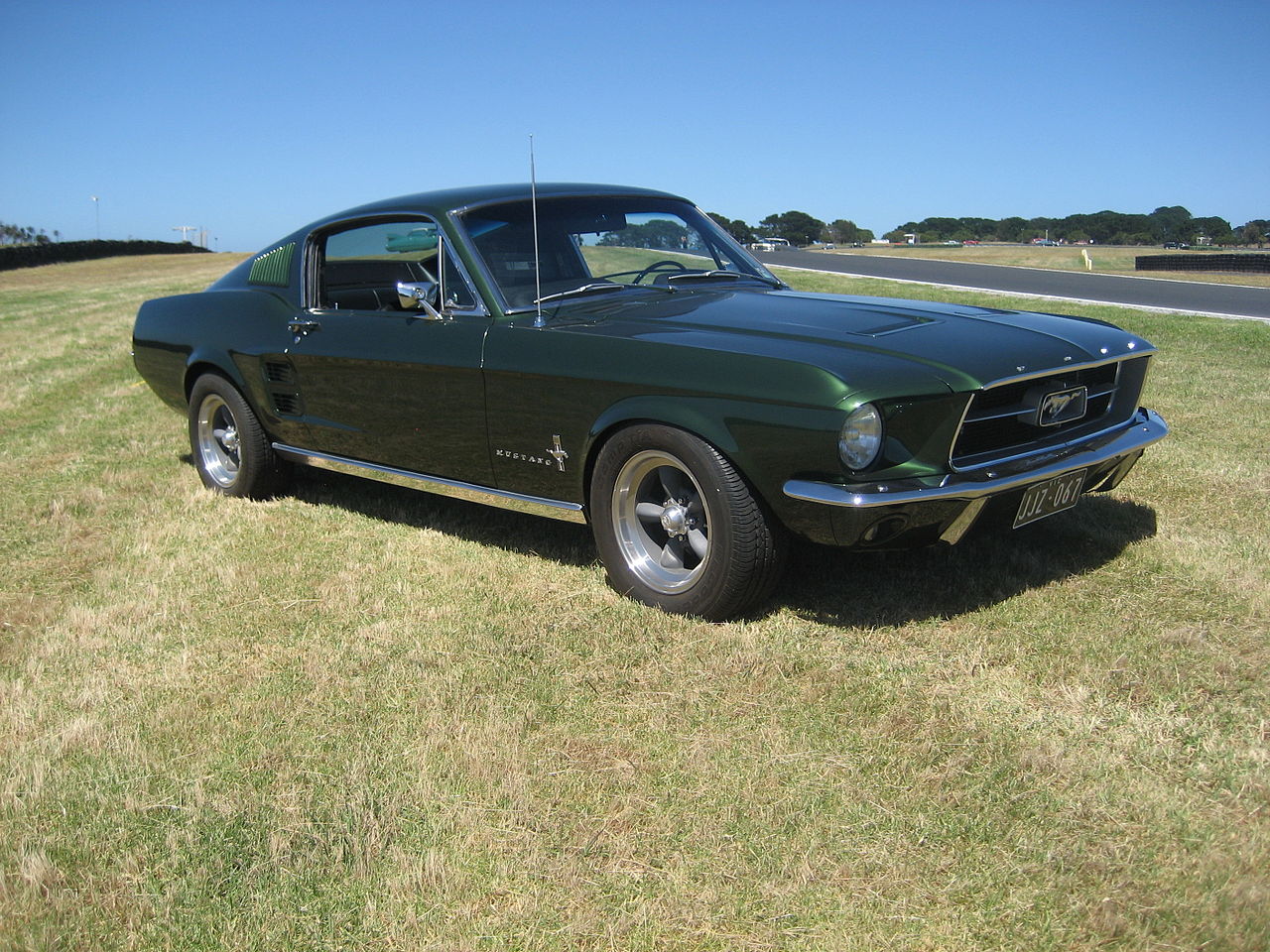 Sicnag, CC BY 2.0, Wikimedia Commons
Sicnag, CC BY 2.0, Wikimedia Commons
1968: The AMC Javelin Joins The Race
American Motors Corporation, anxious to revamp their image with the younger crowd, released the Javelin in 1968. Lacking the budget to develop fastback and convertible options, AMC designed the Javelin with a streamlined hardtop. The basic model ran on a straight-six, with power options offered up to a 390 V8. A solid entry in the pony car class, the Javelin was Motor Trend’s Car of the Year 1968 in the sports-personal category.
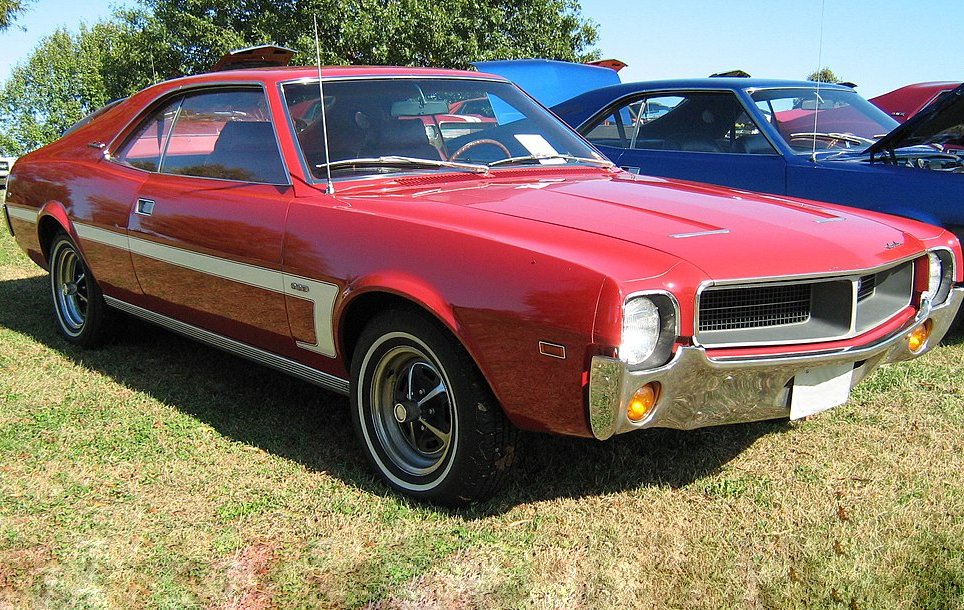 Christopher Ziemnowicz, Wikimedia Commons
Christopher Ziemnowicz, Wikimedia Commons
Late-60s: Competition Intensifies
By 1968, all the big automakers had entered the pony car market, but some of the magic of the original concept was disappearing. The increased emphasis on power by cars like the Dodge Charger, Chevy Malibu, and Pontiac Firebird also meant increases in size. Prices had crept up as well. Pony car sales made up only 9% of the overall market in 1969, down from 13% in 1967.
The Trans Am Series
The pony car competition inevitably spilled onto the racetrack. In 1966, the Sports Car Club of America (SCCA) created the Trans-Am series, which still exists today, as a manufacturers’ competition for modified production cars. The Over 2-Liter class saw the pony cars take charge, with smaller imports competing in the Under 2-Liter class. Pony cars were gaining international exposure and influence.
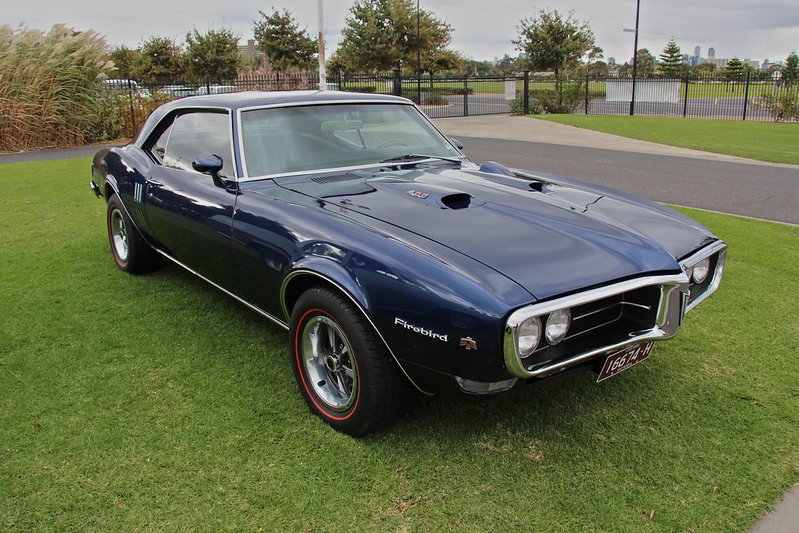
Late-60s: Overseas Influence
Witnessing the changes in the US car scene, foreign manufacturers developed pony cars of their own. Ford of Europe developed the Capri fastback, while GM of Europe released the Opel Manta and Vauxhall Firenza. Meanwhile, with the Mustang in mind, Toyota built the Celica as a stylized economy compact coupe. Too small to be a true pony car, the Celica was a smaller, more fuel efficient alternative.
1970: The Dodge Challenger
Five years in the making, the Dodge Challenger had morphed from an answer to the Mustang into being a competitor to the newer Mercury Cougar and Pontiac Firebird. The biggest pony car yet, the Challenger offered a luxury interior and several Mopar V8 power options. The Challenger arrived late to the pony car dance, as sales of the class continued to decline from their 1967 peak.
Early-70s: Growth Spurt
Increased power through the late 60s had come at the cost of increased size and fuel consumption. By the early 70s, the fleet, sporty Mustang of 1964 had expanded into a rumbling beast that wouldn’t look out of place on the back stretch at Daytona. With a field crowded by makes such as Buick (GSX), Mercury (Cougar), and Oldsmobile (442), the muscle car market was saturated. Something had to give.
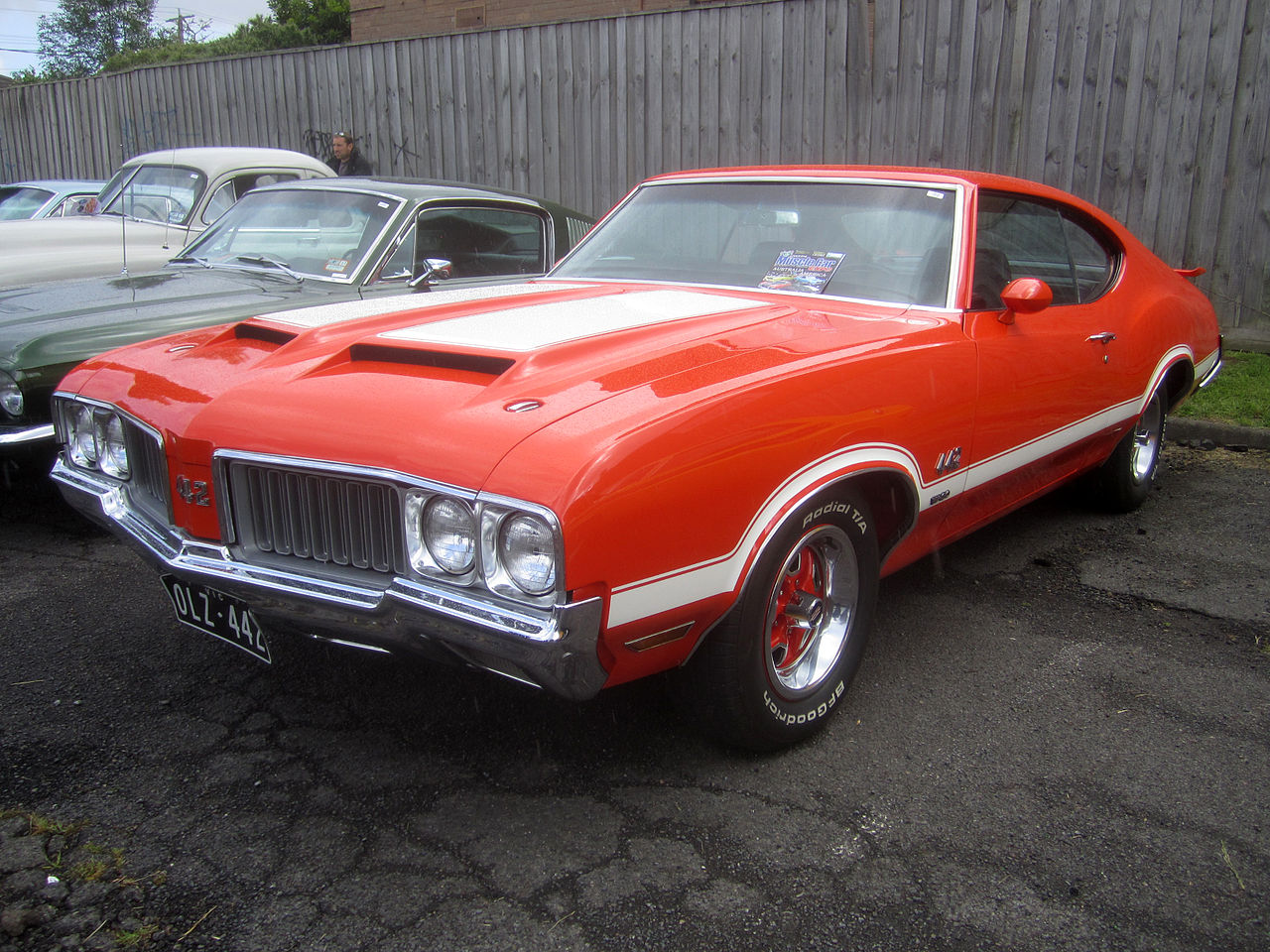 Sicnag, CC BY 2.0, Wikimedia Commons
Sicnag, CC BY 2.0, Wikimedia Commons
A Time Of Adversity
Growing public concern about air quality led to the Clean Air Act of 1970, with new laws to curb fuel emissions. The 1973 Corporate Average Fuel Economy (CAFE) imposed emissions requirements on the automakers that the muscle cars of the era were nowhere near able to meet. With gas prices sky-high due to the OPEC embargo, the writing was on the wall for the muscle car.
1974: The Mustang 2
To maintain market share amid the new regulations, Ford threw its effort behind a redesign of the Mustang, releasing the Mustang 2 in 1974. The pony car for the fuel-economy age arrived with four-cylinder and six-cylinder variants. Considerably lighter, the radically revised model checked all the boxes for functionality and fuel economy, though the visual appeal was less than captivating. The car was well-marketed and sold well, winning Motor Trend’s Car of the Year 1974.
 order_242, CC BY-SA 2.0,Wikimedia Commons
order_242, CC BY-SA 2.0,Wikimedia Commons
1975: The Chevy Monza
GM responded with its own fuel-efficient pony car in 1975: the Chevy Monza. The Monza was released in four- and six-cylinder versions, with the power option being the 262, the smallest V8 ever made by Chevrolet. Like the Mustang 2, the Monza was a clear step down in image and performance. Though it won Motor Trend’s 1975 Car of the Year, its sales lagged far behind that of the Mustang 2.
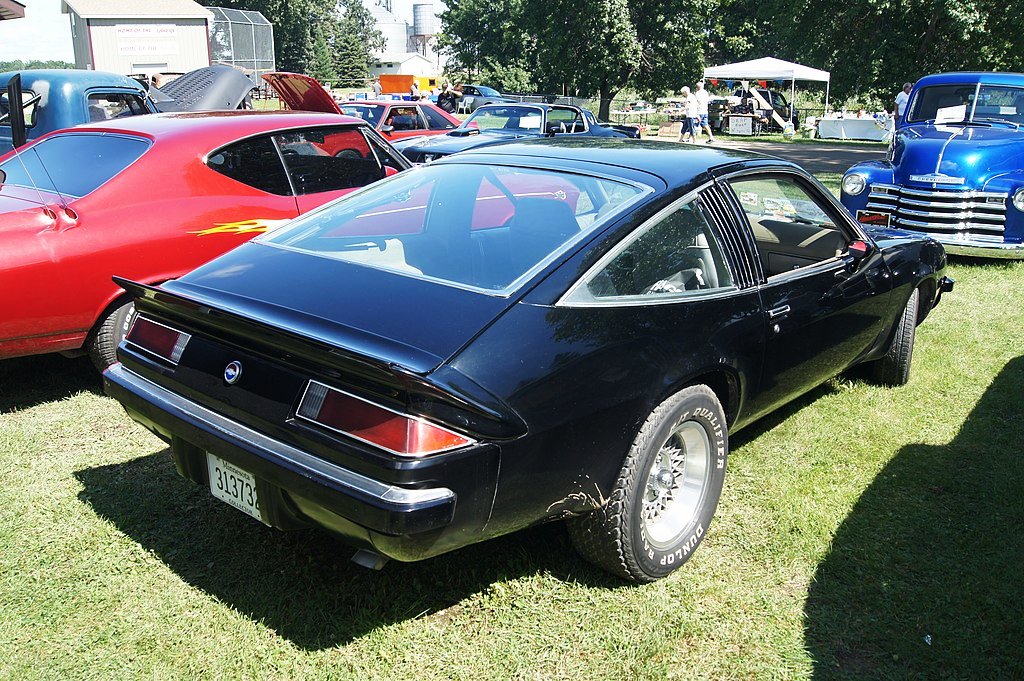 Greg Gjerdingen, CC BY 2.0, Wikimedia Commons
Greg Gjerdingen, CC BY 2.0, Wikimedia Commons
1977: The Camaro Z28
By 1974, many of the pony car models of the early 70s had been redesigned, remarketed as luxury cars, or discontinued. Chevy canceled the Camaro Z28 as part of this trend. But the ongoing success of the similar Pontiac Firebird through the mid-70s moved Chevy to reintroduce the Z28 in 1977. With a new emissions-friendly 350 V8 and some styling upgrades, the Z28 was now on top of the pony car world.
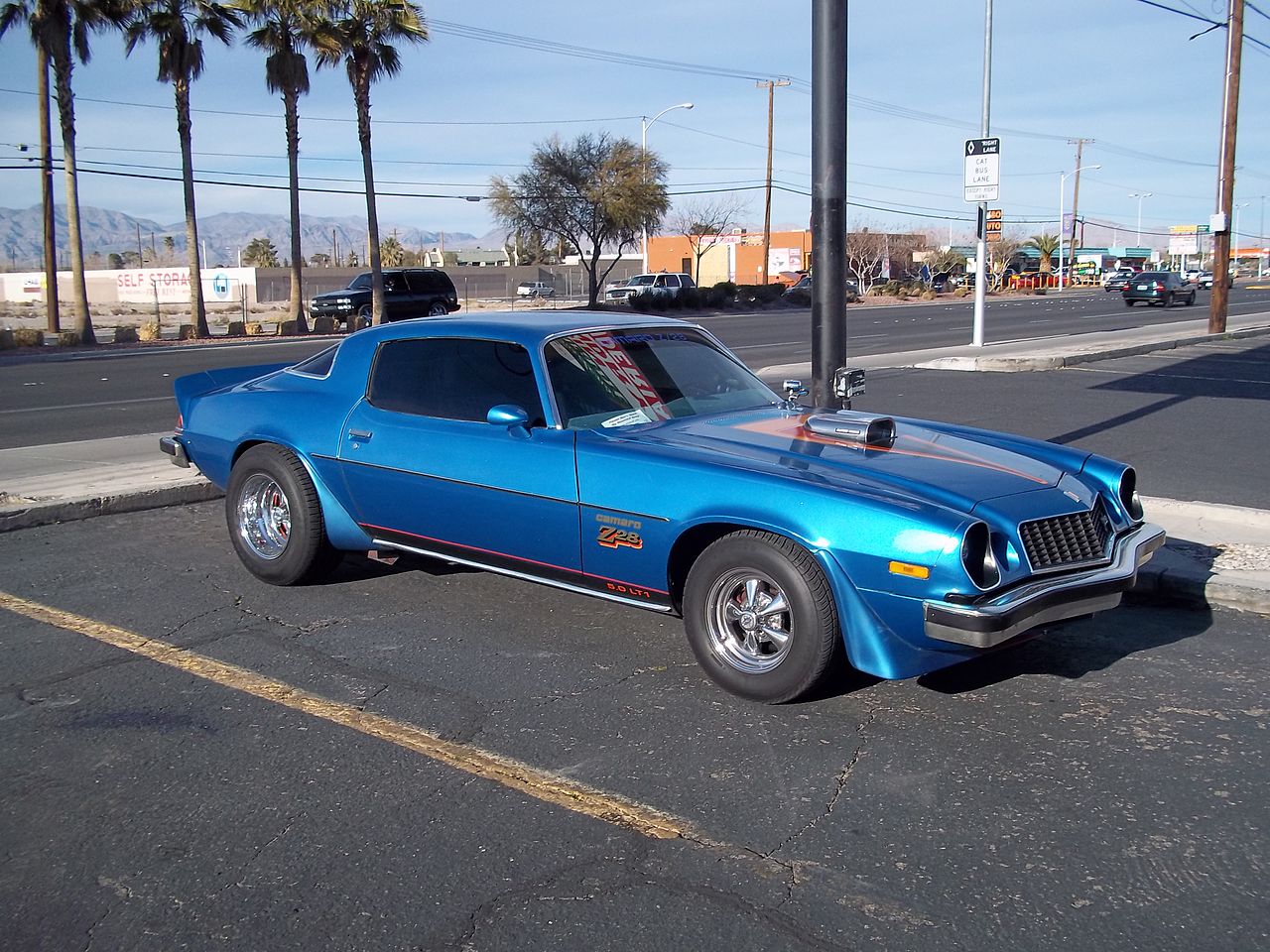 time anchor, CC BY 2.0, Wikimedia Commons
time anchor, CC BY 2.0, Wikimedia Commons
1979: The Fox Body Mustang
In 1973 Ford replaced their Falcon-based unibody platform with a lightweight base called the Fox Body to use for a range of different models and designs. The Third Generation Mustang grew from this, featuring four- and six-cylinder models. The high-performance Cobra and the later GT could sport a small-block V8 or four-cylinder turbo. The Fox Body Mustang remained in production until 1993.
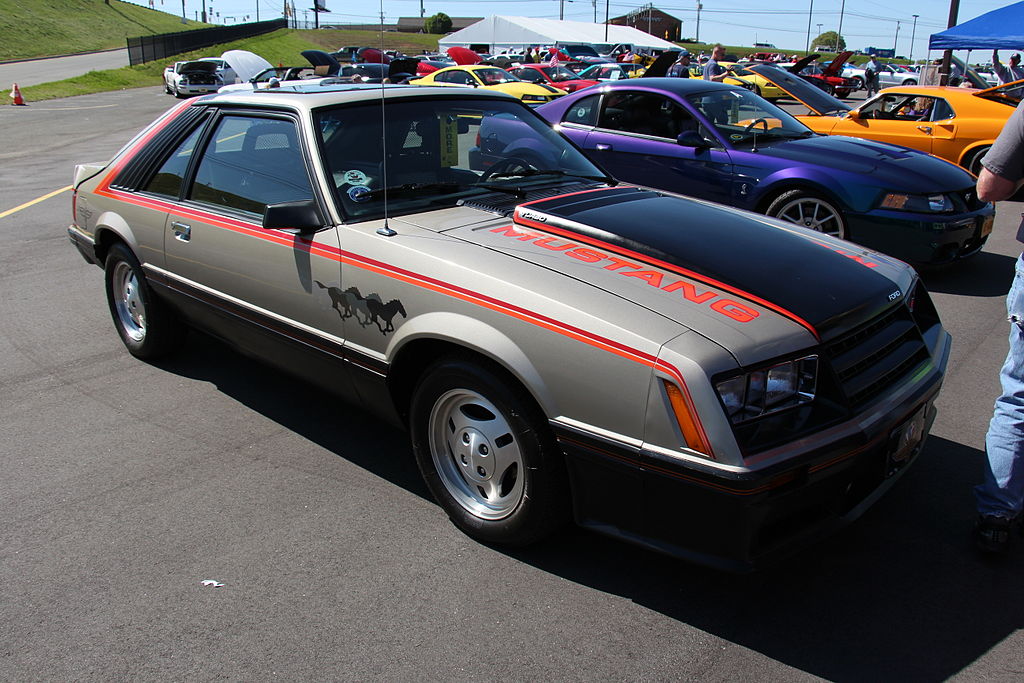 Sicnag, CC BY 2.0, Wikimedia Commons
Sicnag, CC BY 2.0, Wikimedia Commons
Early-80s: Competition Drops Off
By the early 80s, Japanese imports had made major inroads into the American car market. While the Camaro, Z28, and Mustang were still holding their own, Chrysler had abandoned the pony car format in 1974 and was now in serious financial trouble. Meanwhile, car designs continued to evolve.
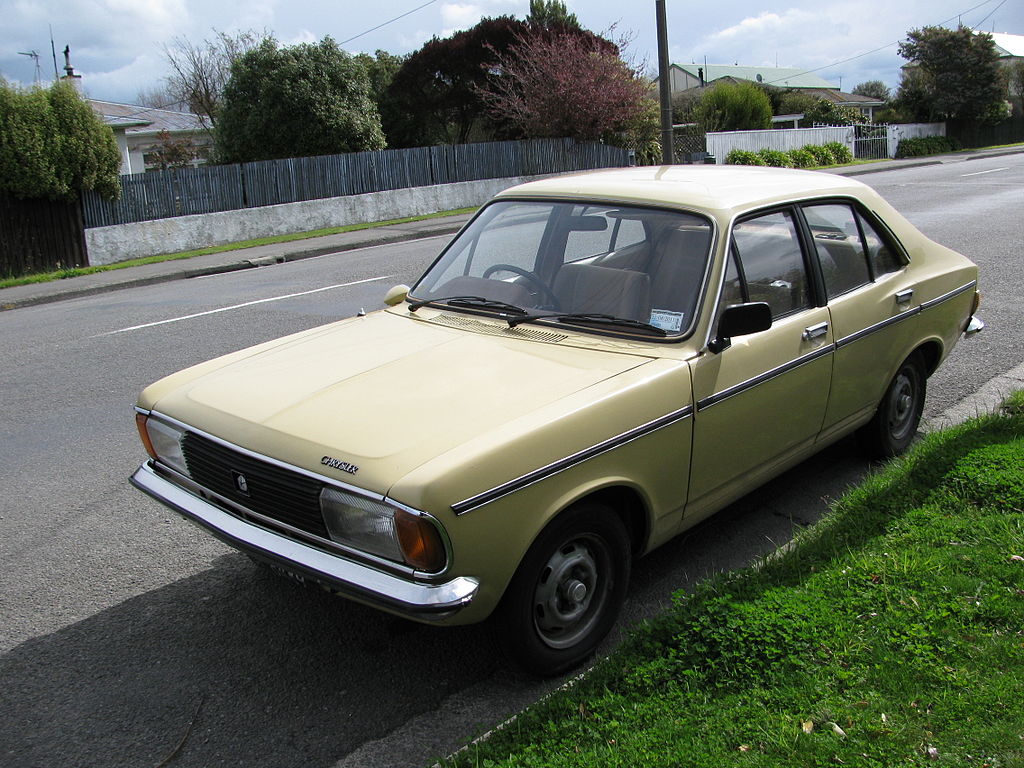 Riley, CC BY 2.0, Wikimedia Commons
Riley, CC BY 2.0, Wikimedia Commons
1987: Design Crossroads
Emissions regulations continued to affect car designs into the 80s. More American cars and most imports were now being built as front-wheel drives to maintain performance with a smaller more efficient motor. The Mustang was slated for a front-wheel drive redesign in the mid-80s, based on the Mazda 626, but Ford dropped the idea after an outcry from Mustang fans, delegating the front-wheel format to the Ford Probe instead.
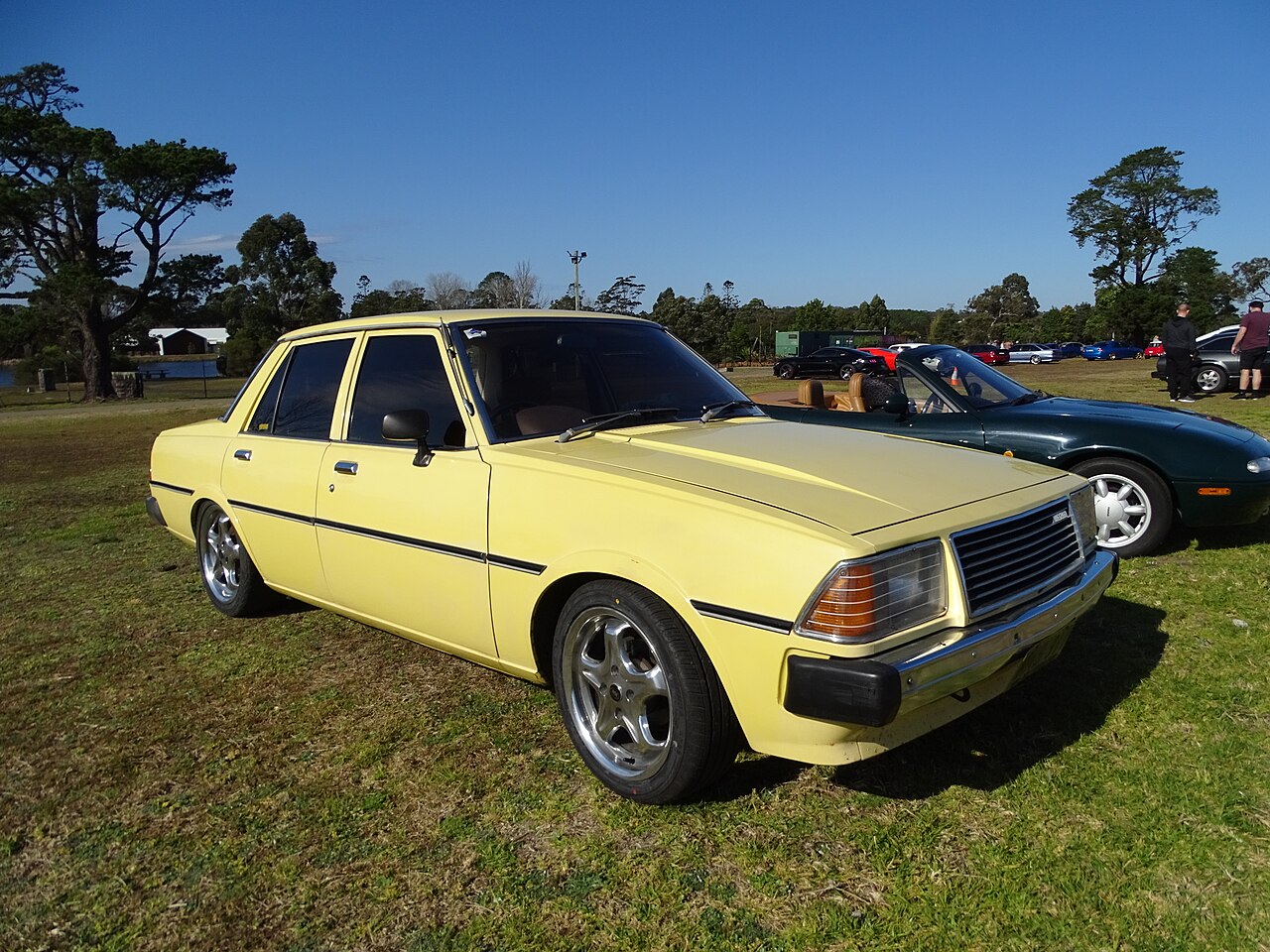 FotoSleuth, CC BY 2.0, Wikimedia Commons
FotoSleuth, CC BY 2.0, Wikimedia Commons
Late-80s: Better Mileage Wanted
Having abandoned a similar attempt to create a front-wheel drive Camaro, GM worked hard in the 80s to develop a fuel-injected V8 and other more efficient engines. Unfortunately, the increasing popularity of imports, compacts, and trucks continued to eat into sales of their pony car lines.
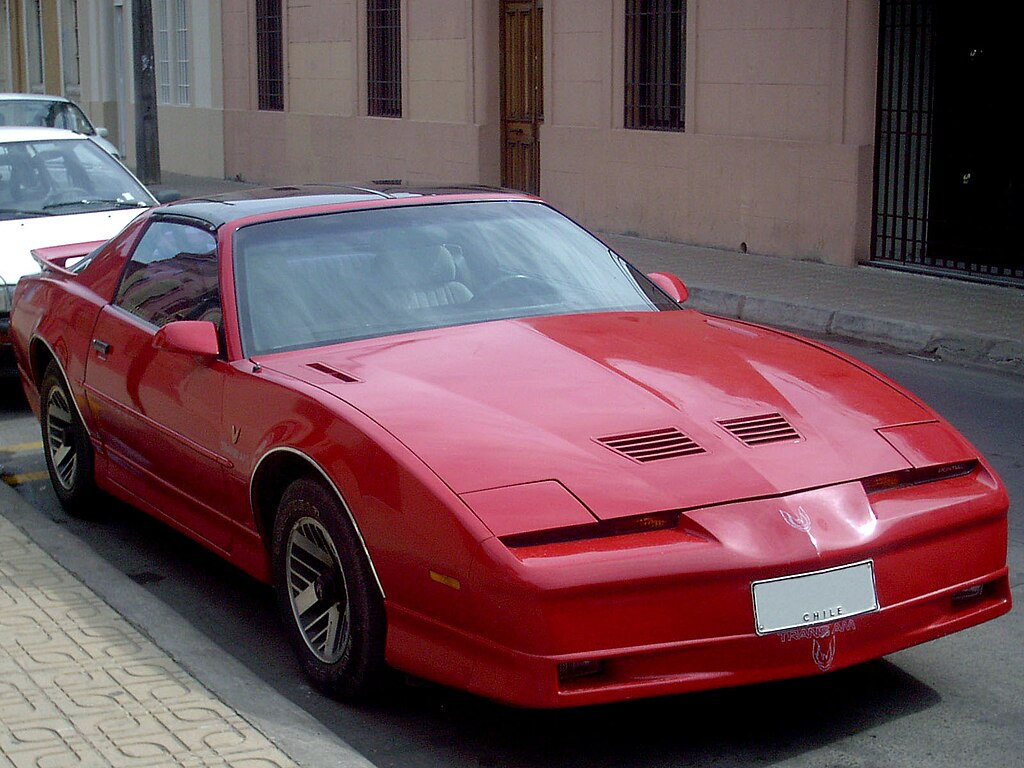 order_242, CC BY-SA 2.0, Wikimedia Commons
order_242, CC BY-SA 2.0, Wikimedia Commons
1990s: New Tastes, New Vehicles
The US car market had changed by the 90s. An aging population, stagnating wages, increasing loss of market share to imports, and the heavy marketing of pickup trucks and SUVs all worked against the pony car. Increasingly generous financing plans and fuel-efficient designs couldn’t stop the bleeding.
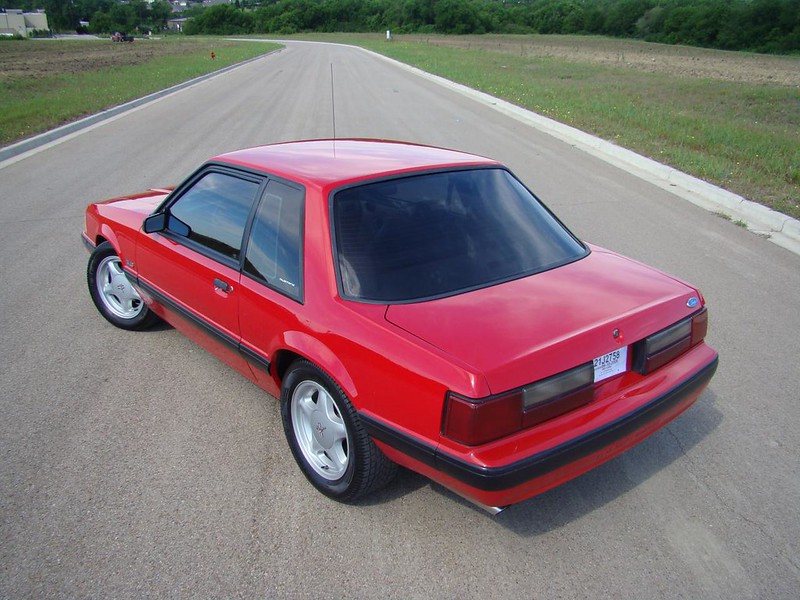 Late Model Restoration, Flickr
Late Model Restoration, Flickr
2000s: The Basic Problem
The decline in sales highlighted a problem manufacturers had faced since the 80s. Since the 60s, all the mass-produced shared compact platforms had been switched to front-wheel drives. Rear-wheel drive was central to the pony car design, which meant makers had to produce a platform for only one model.
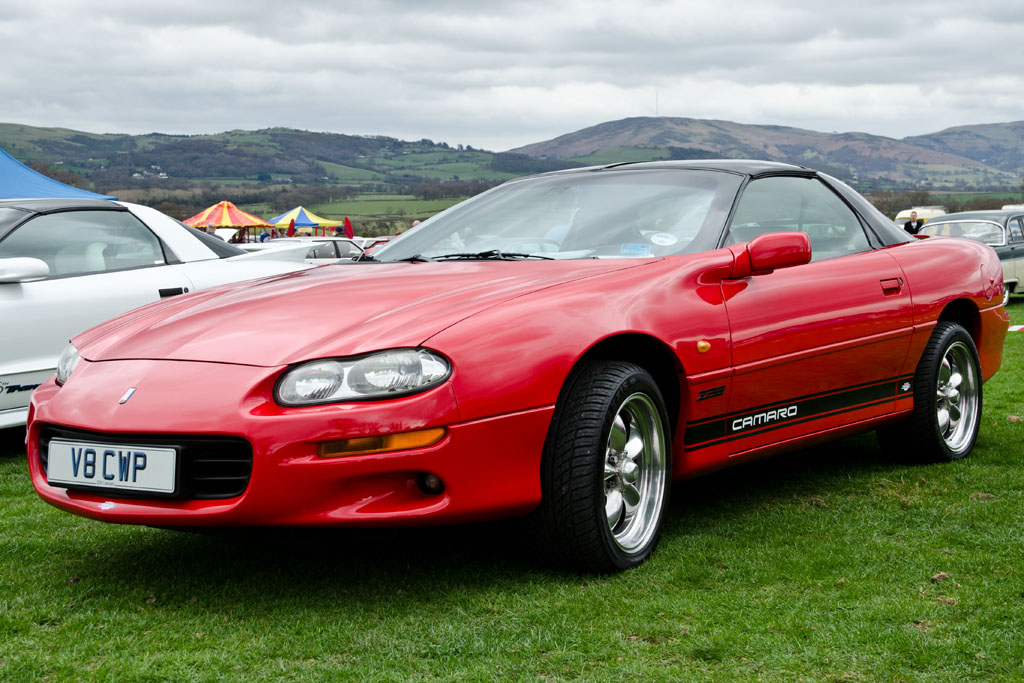 SG2012, CC BY 2.0, Wikimedia Commons
SG2012, CC BY 2.0, Wikimedia Commons
2002: Camaro Discontinued
The drop in sales that began in the late 80s continued through the 90s. In addition to the ascendancy of SUVs, a flood of mediocre cookie-cutter sports cars in the 90s led to a drop in demand that also affected pony cars. Chevy finally threw in the towel in 2002, discontinuing the Camaro.
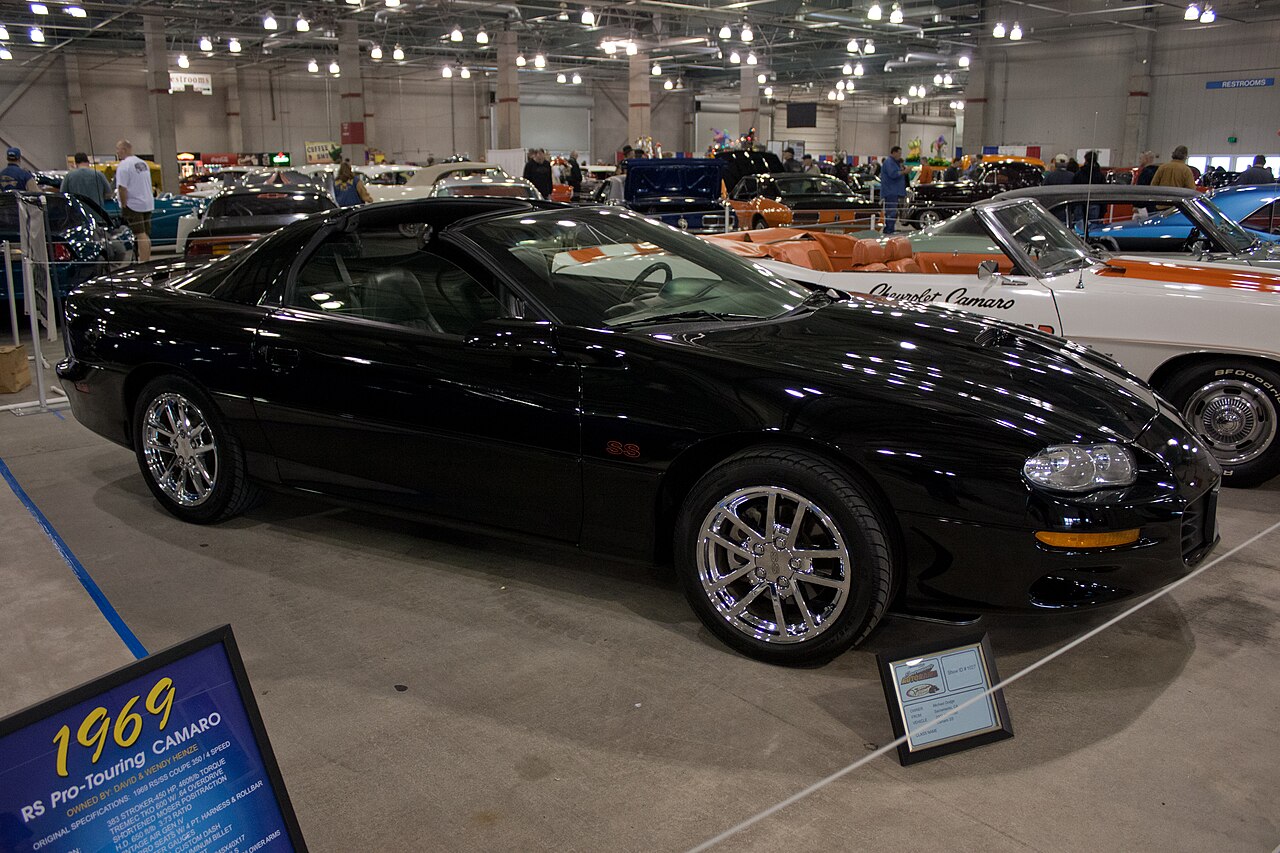 Nick Ares, CC BY-SA 2.0, Wikimedia Commons
Nick Ares, CC BY-SA 2.0, Wikimedia Commons
2003–2008: Sole Survivor
With the Camaro discontinued, the pony car had come full circle, leaving the Mustang as the only competitor in the field. Ford had redesigned the icon for release in 2005; the new version recalled the fastback look of the 60s. Offering the traditional V6 and V8 options, the Mustang would tap into its past glory of special editions like the Bullitt, GT California, and Boss 302.
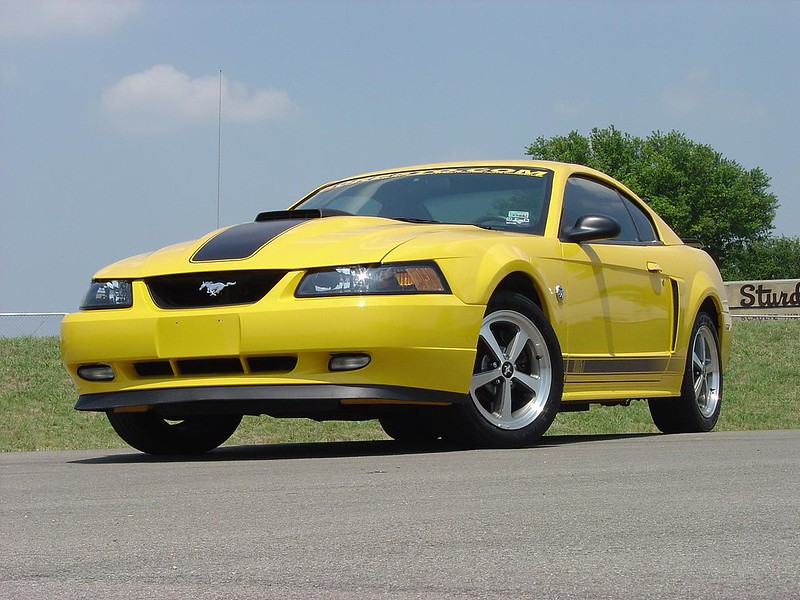 Late Model Restoration, Flickr
Late Model Restoration, Flickr
2008: New Challenger
Also looking to the past for design inspiration was the Dodge Challenger. Released in 2008, the new model, with its pillar-less hardtop, strongly resembled the 1970 version. Initially offered with a V6, future years would see Dodge add a hemi performance option. A larger and more expensive car than the Mustang, the Challenger was a bold return to the muscle car ideal.
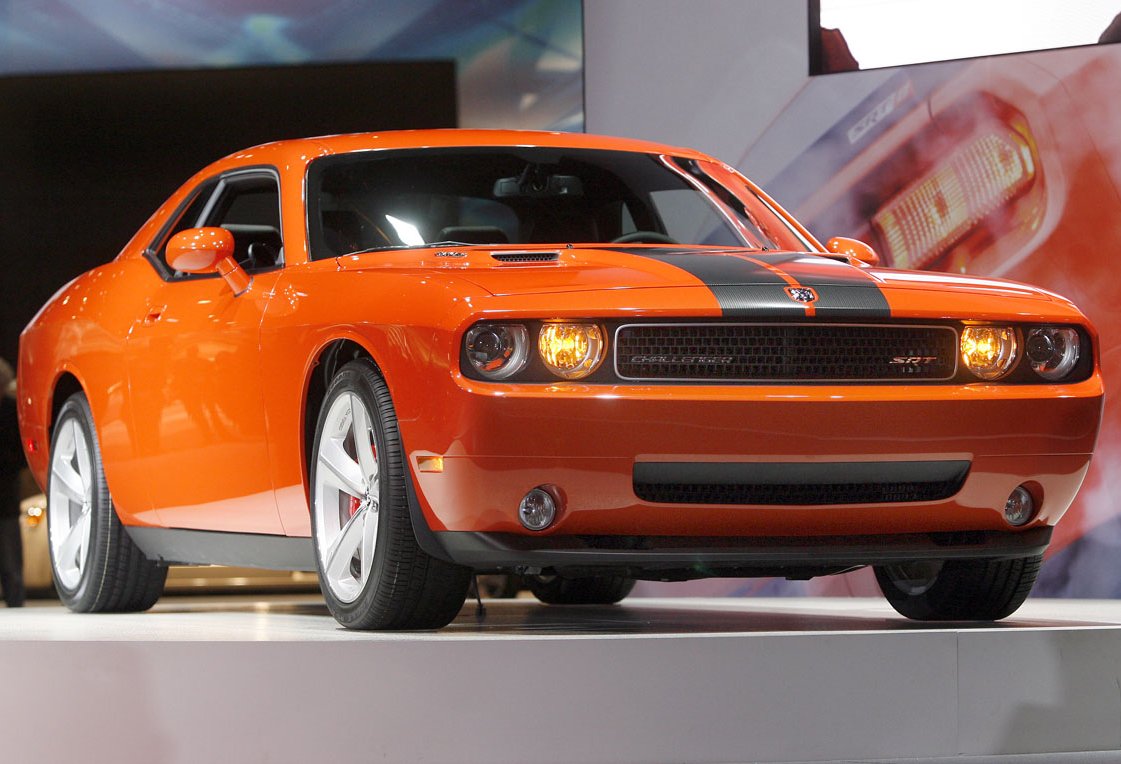 Hunttriumph1500, CC BY-SA 4.0, Wikimedia Commons
Hunttriumph1500, CC BY-SA 4.0, Wikimedia Commons
2010: Return Of The Camaro
After three years of anticipation, the Camaro returned to production in 2010. Like the Challenger, the new Camaro model drew from the well of 60s nostalgia for its design. It offered several performance options including the SS model with the L99 V8 and its fuel management system for city driving. The new Camaro won the 2010 World Design of the Year Award, the only American model ever to do so.
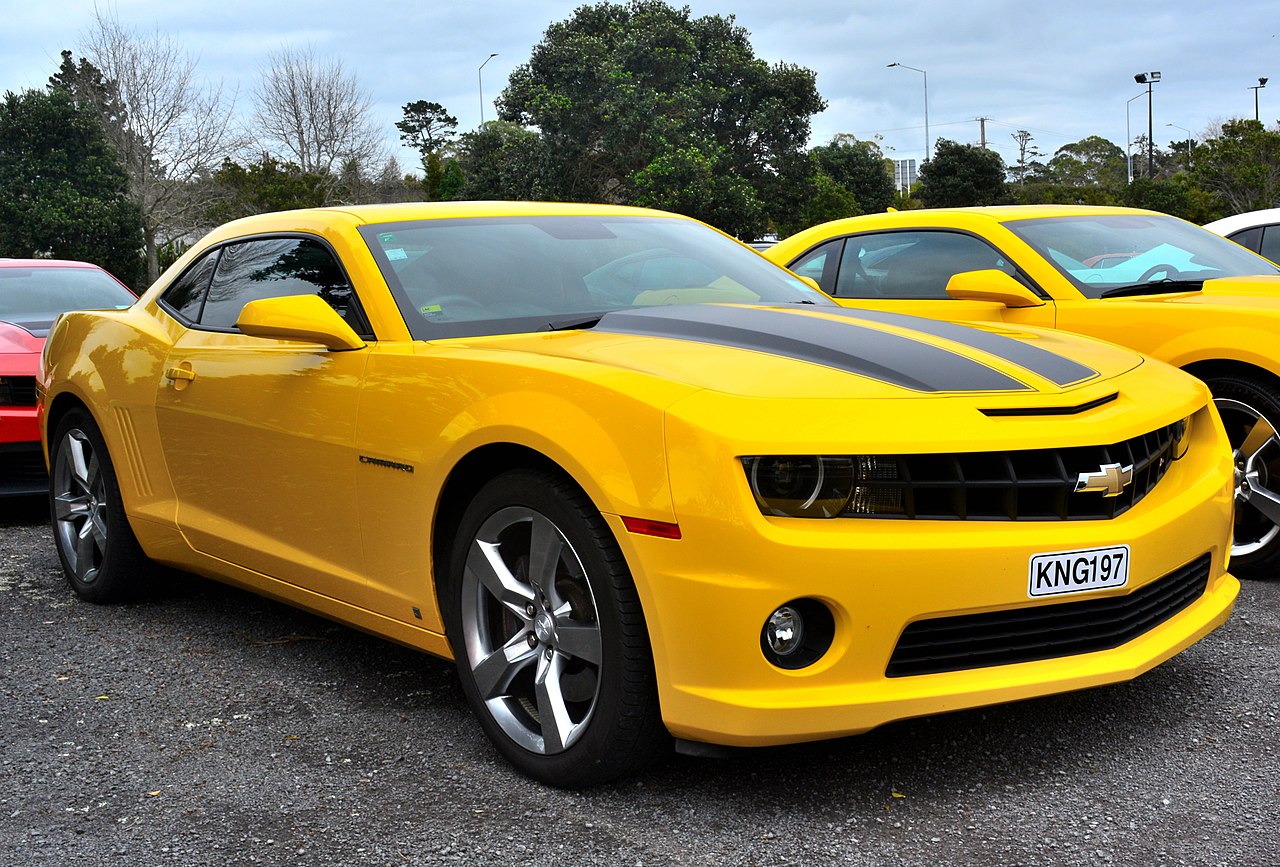 GPS 56, CC BY 2.0, Wikimedia Commons
GPS 56, CC BY 2.0, Wikimedia Commons
2010s: Pony Car Resurgence
The new Challenger and Camaro both used full-size body platforms to allow rear-wheel drive and independent rear suspension. This allowed better handling characteristics in addition to the usual pony car performance. The appeal of the retro body styles and a market segment not ready to surrender to Priuses and crossovers meant that pony car sales climbed through the mid- 2010s. Part of the resurgence was a new design for the Mustang.
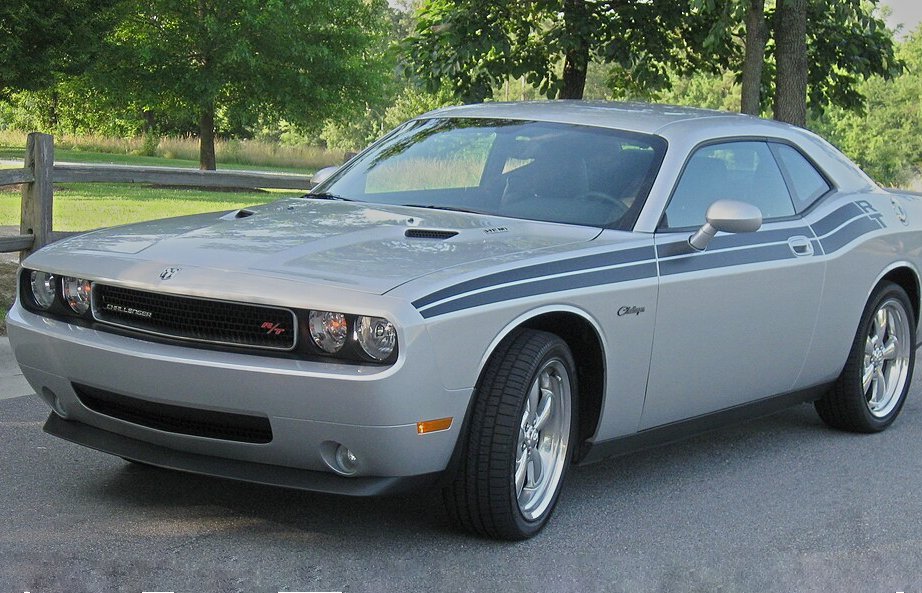 R.c.carpenter, CC BY 3.0, Wikimedia Commons
R.c.carpenter, CC BY 3.0, Wikimedia Commons
2015: Mustang S550
Timed to coincide with the model’s 50th anniversary in 2014, the sixth-generation Mustang was lighter than its 2005 predecessor, with better handling provided by its independent rear suspension. The turbocharged four-cylinder EcoBoost engine was a great option for the emissions-conscious. A more luxurious interior and numerous high-performance special editions helped the car reach 100,000 sales in each of its first two years.
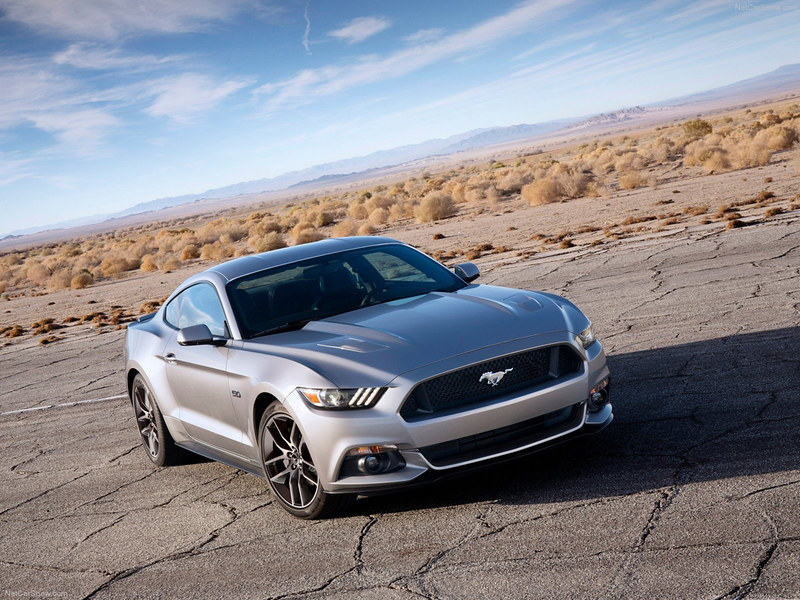 Late Model Restoration, Flickr
Late Model Restoration, Flickr
2017: Challenger GT Goes Four-Wheel
Dodge made pony car history in 2017 with the first all-wheel drive pony car. Dismissed by some as a gimmick, the Challenger GT was vindicated by northerners for its capabilities in ice and snow. Already the largest of the pony cars, the GT was made even larger and heavier with greater wheel clearance height.
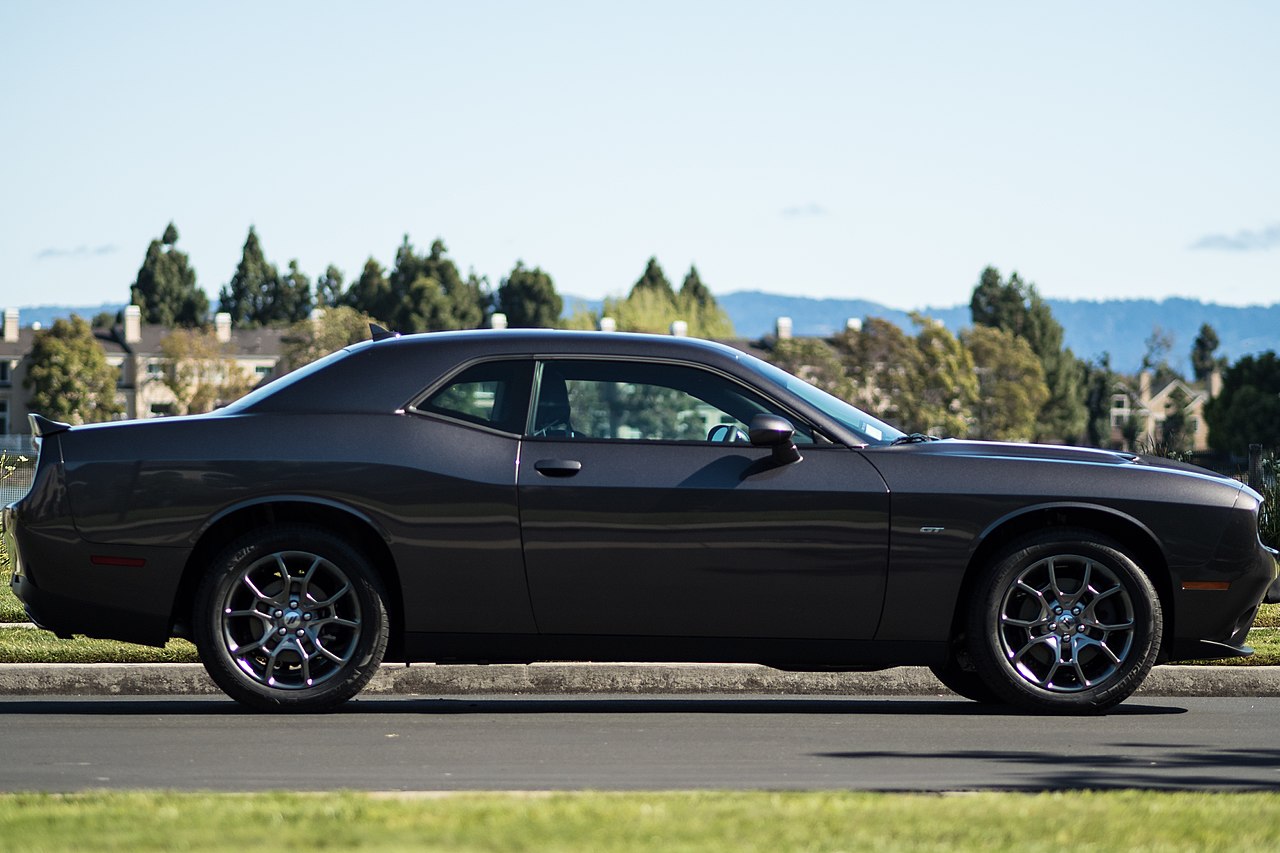 Llanga, CC BY-SA 4.0, Wikimedia Commons
Llanga, CC BY-SA 4.0, Wikimedia Commons
2023: The End Of An Era
2023 saw Dodge discontinue the Challenger and move to the new Charger Daytona with electric options. GM announced that 2024 would be the last pony car edition of the Camaro due to poor sales figures and the desire to invest in electric cars. Adding insult to injury for its fans, GM reconfigured the Camaro as an SUV-crossover for 2025, with plans for electric models in the future. The Mustang was redesigned yet again for 2024, with the new Dark Horse muscle car edition boasting 500 horsepower.
The Legend Continues
Over 60 years, the pony car has solidified its place as an American icon. Film depictions like the Steve McQueen/Bill Hickman car chase in Bullitt (1968), and the pony car’s strong association with the youth of the baby boomers, implanted its image deep into the culture. It’s been a long winding road of innovation and adaptation since those early days, but the pony car’s unmistakable presence on American streets and racetracks is proof that its legend lives on.


